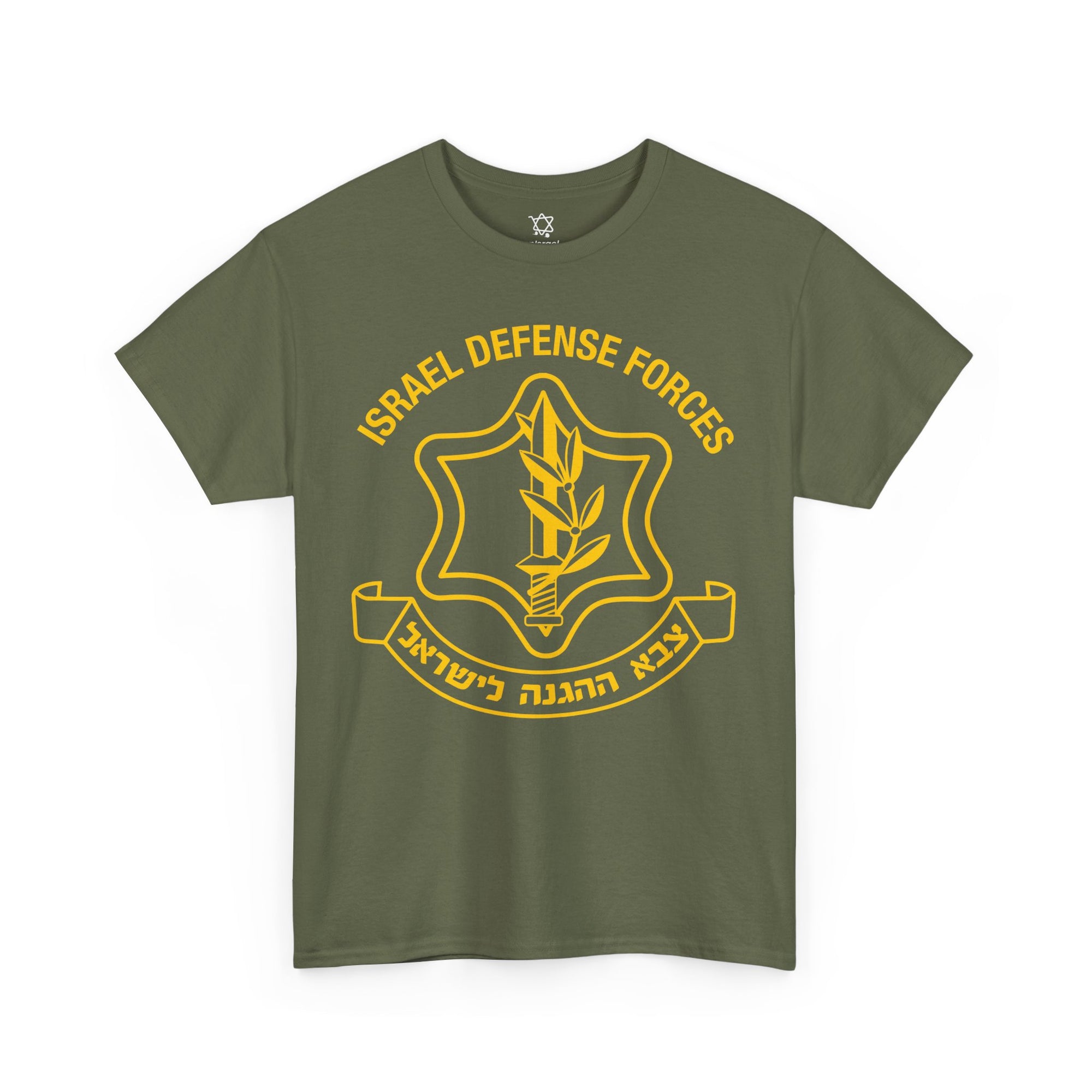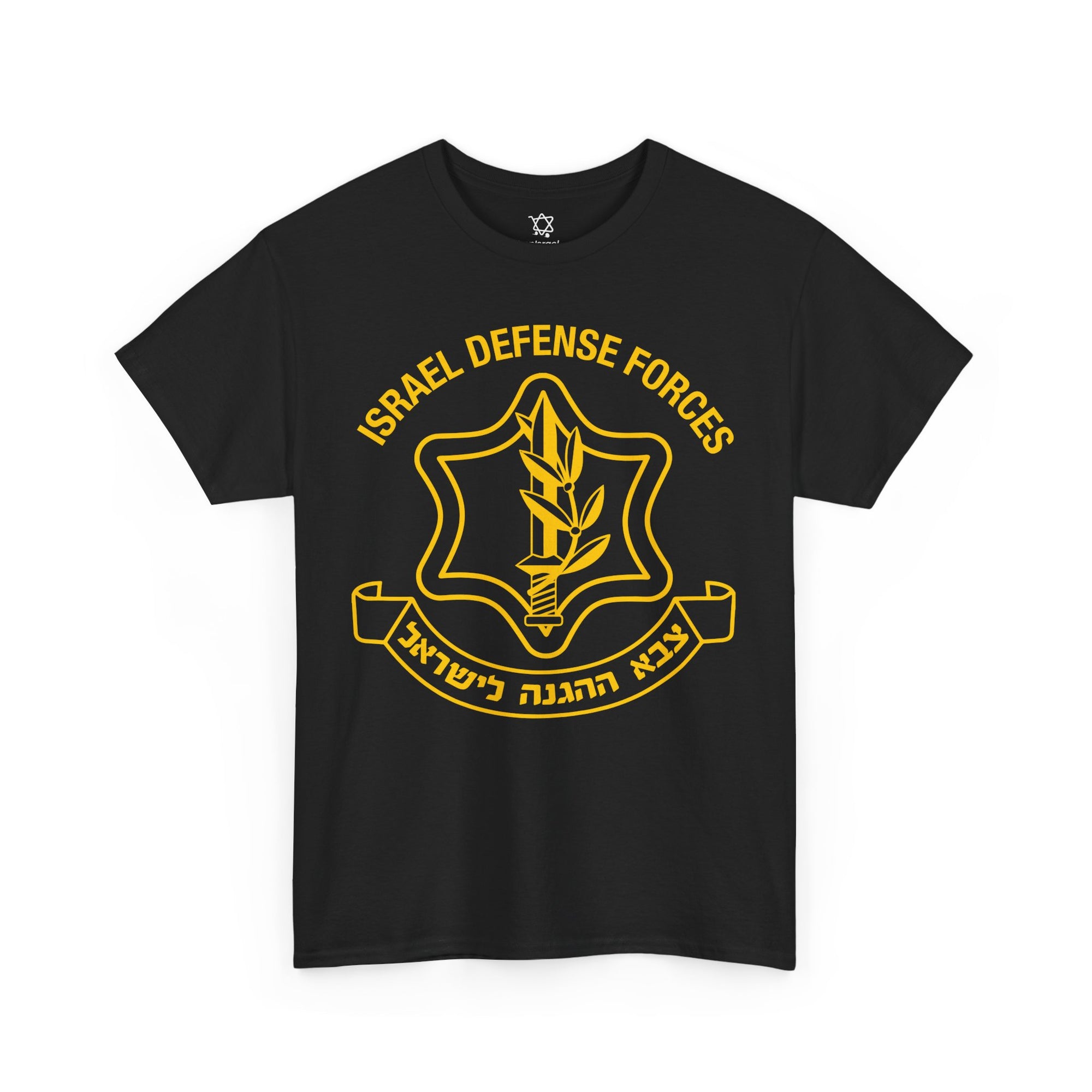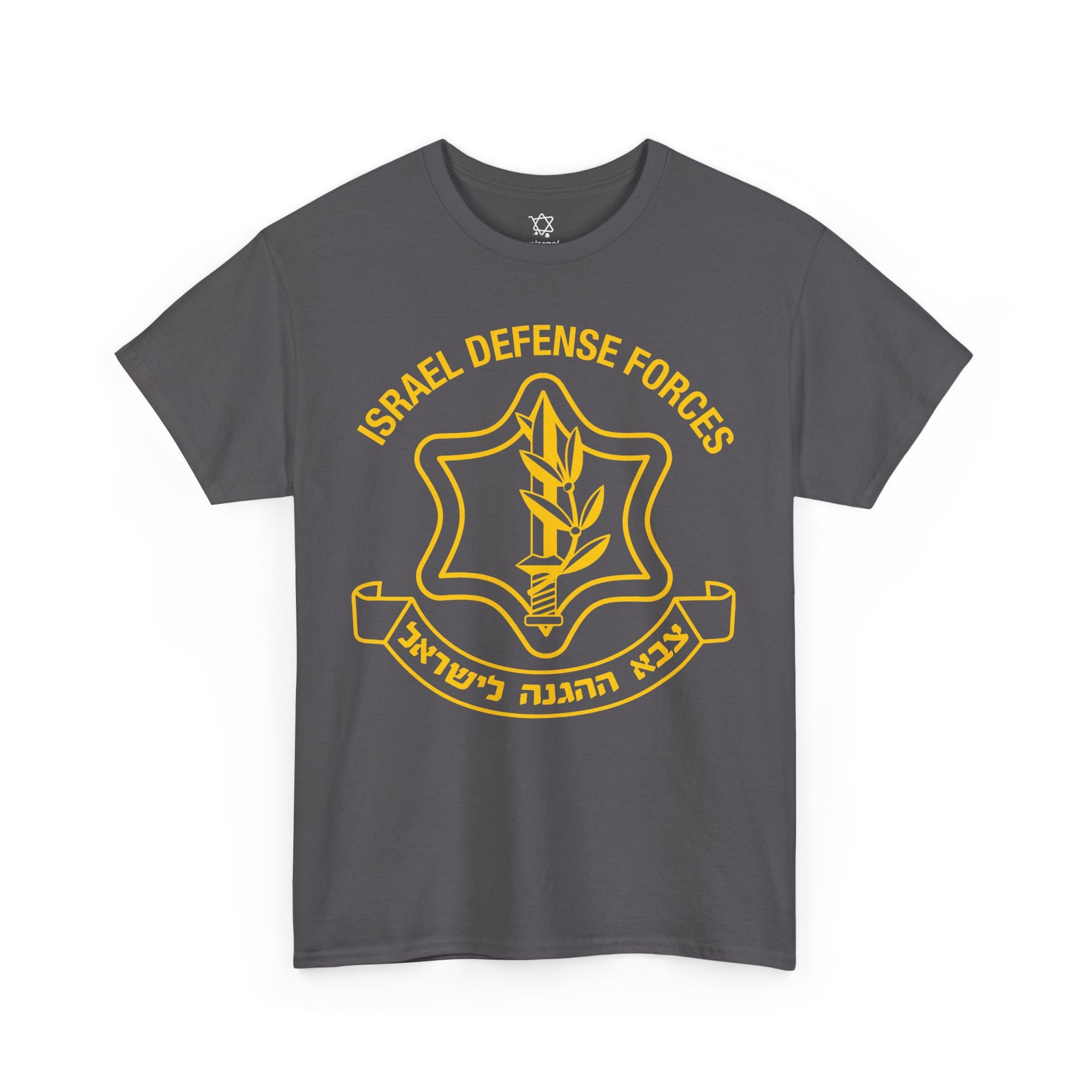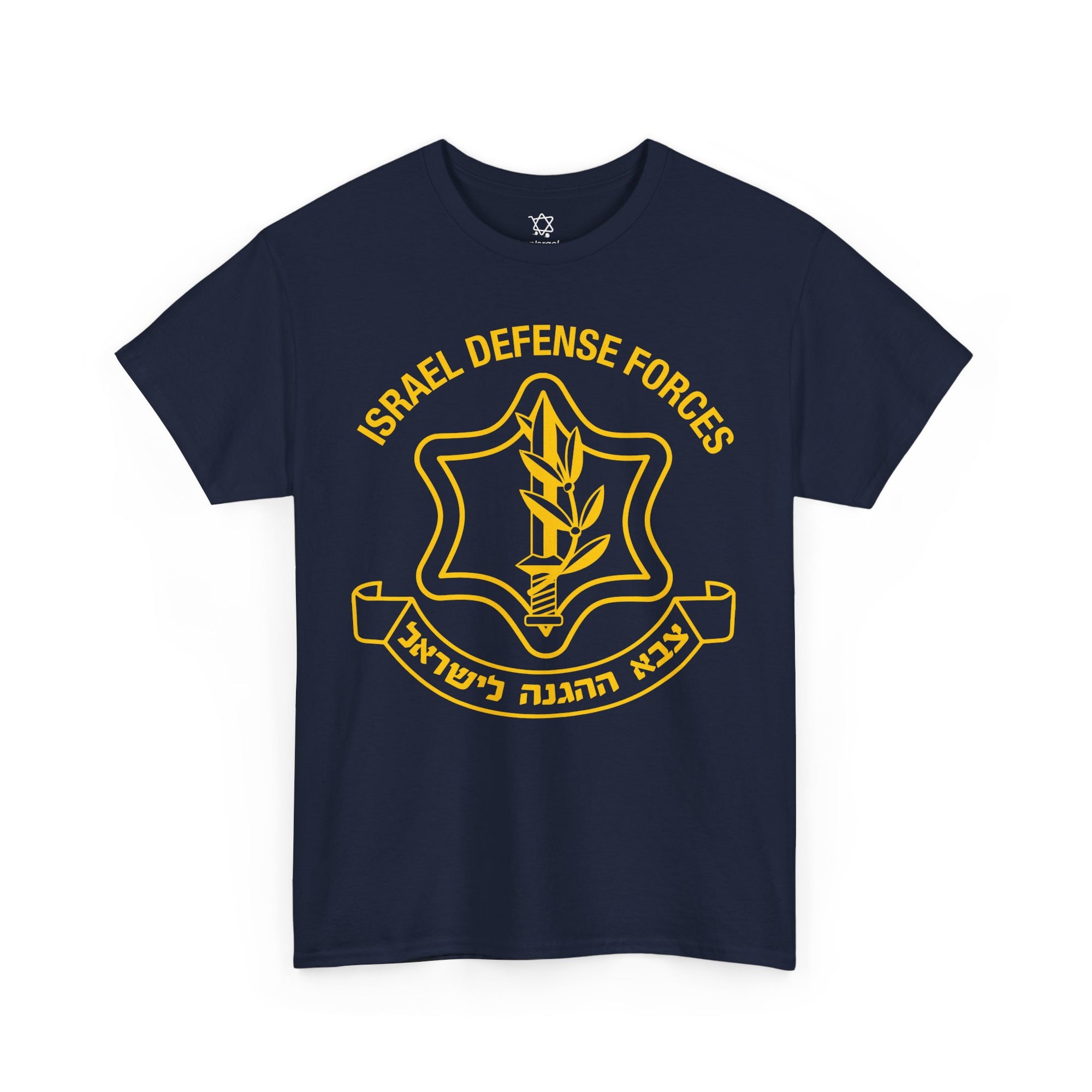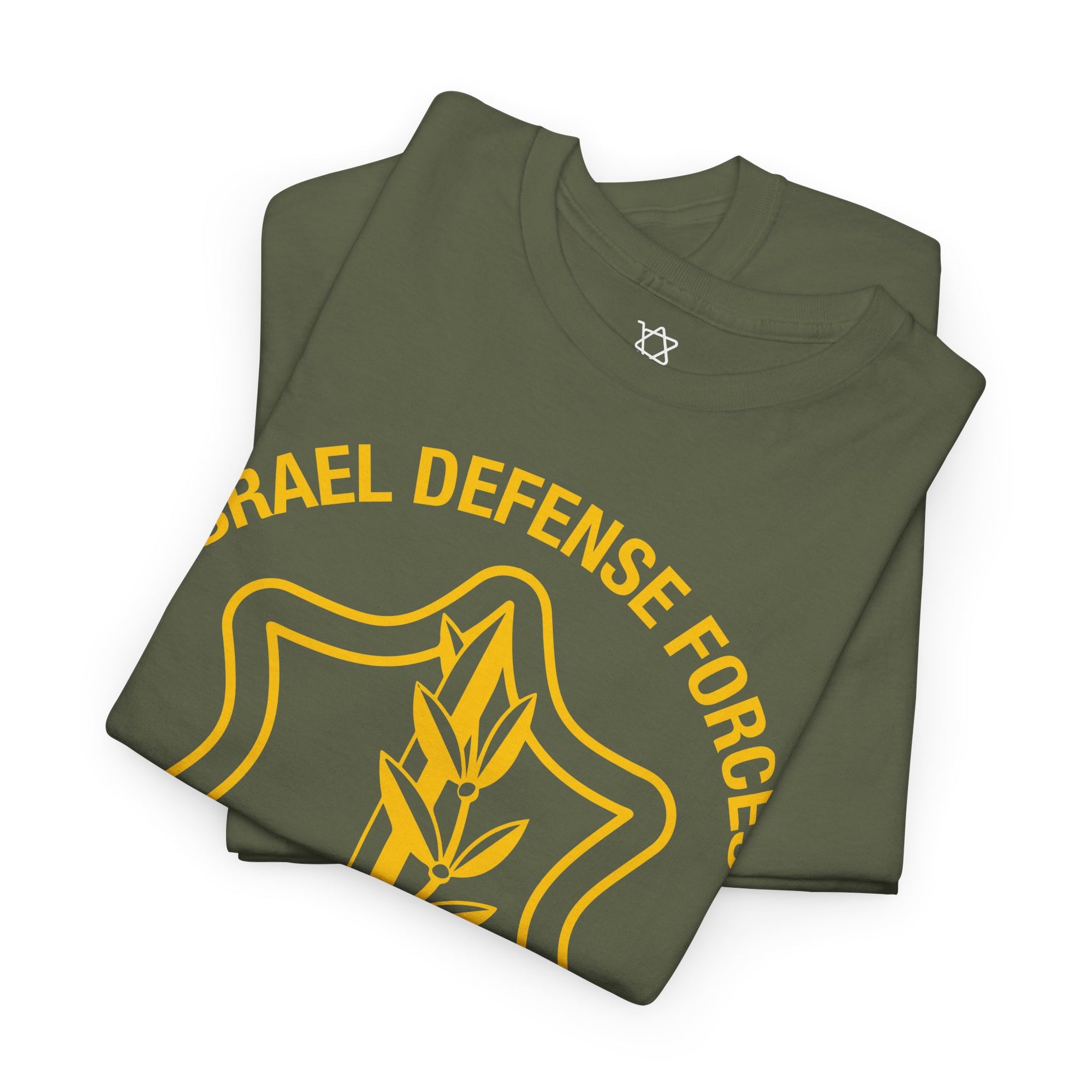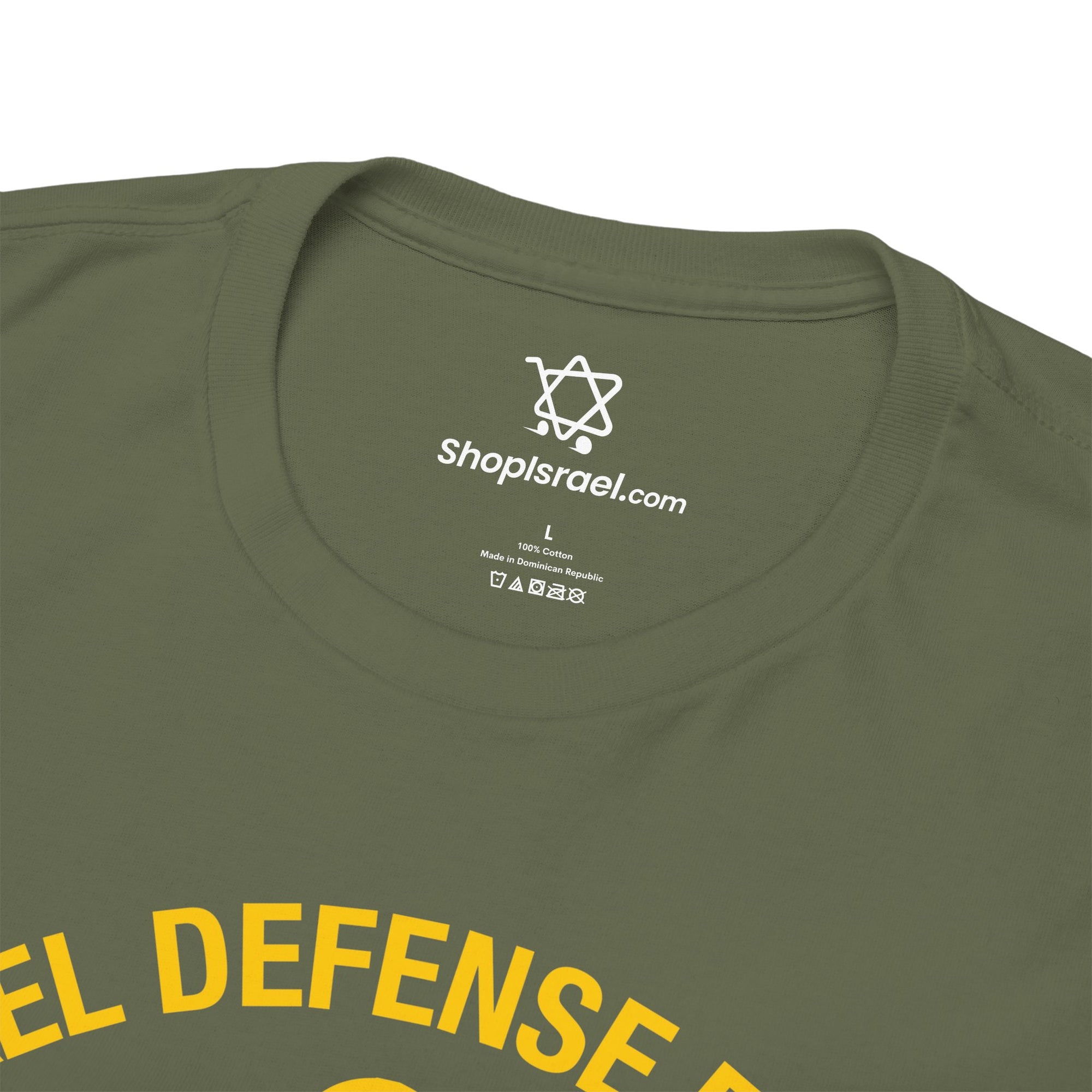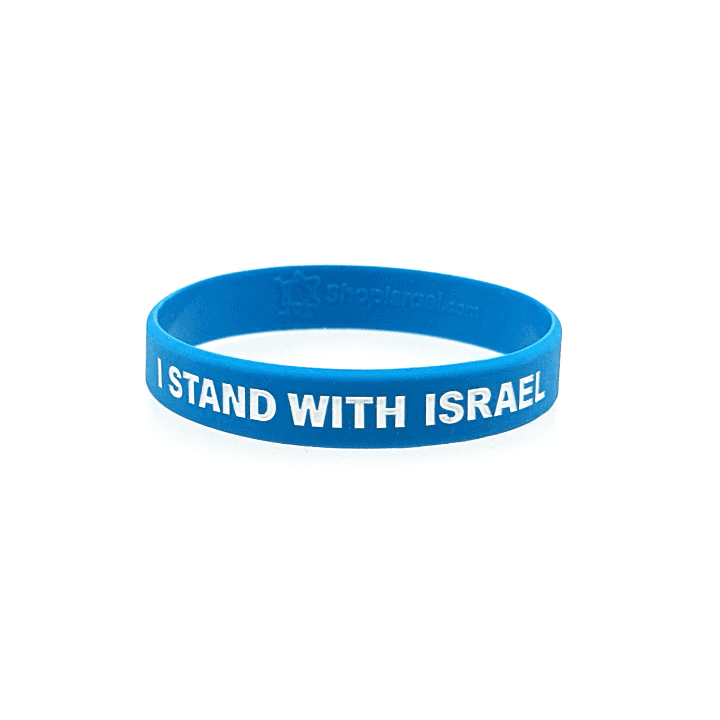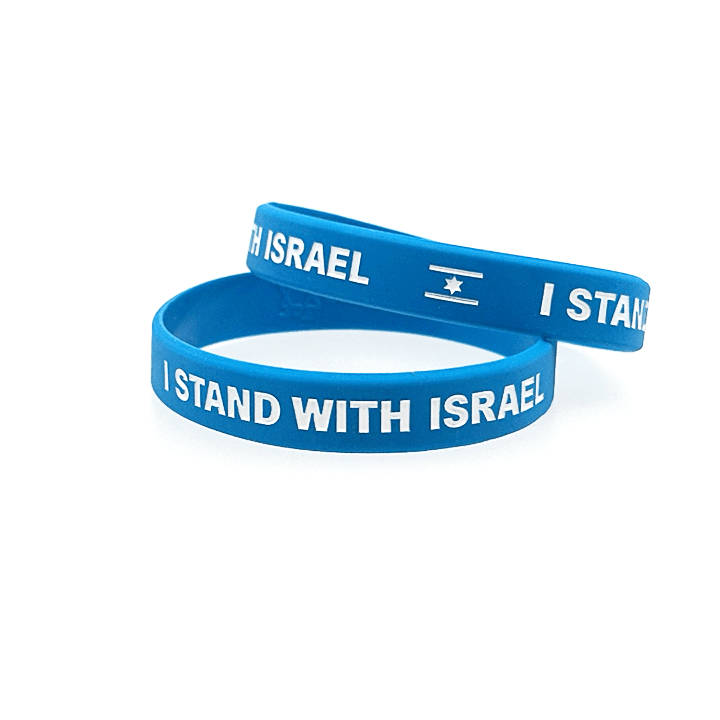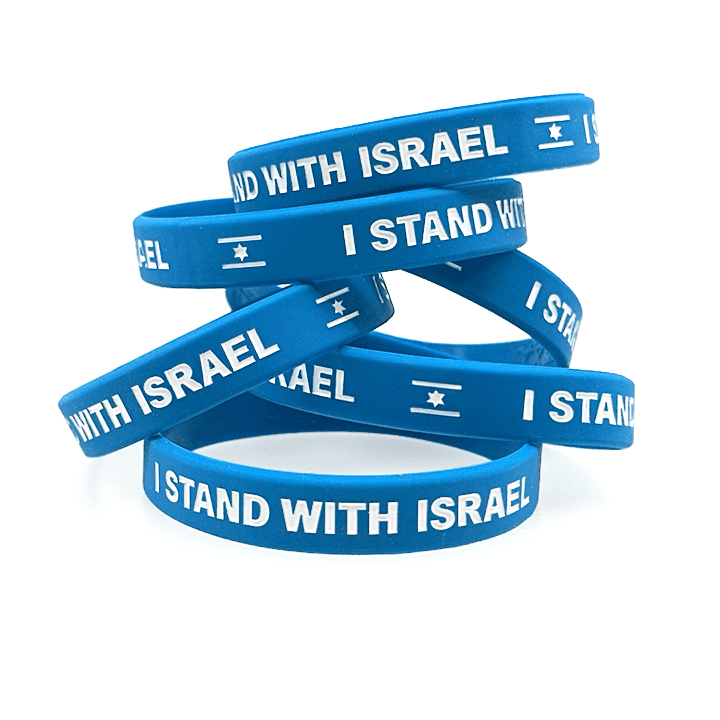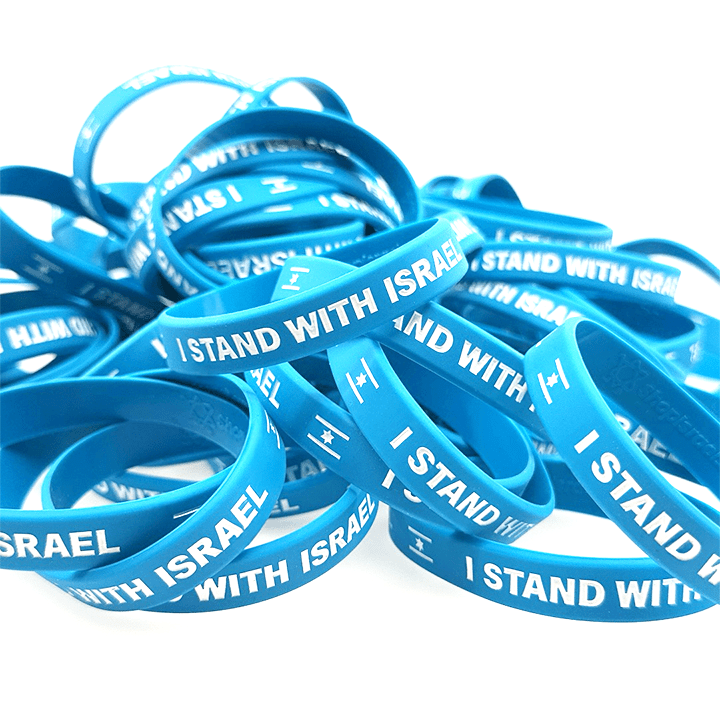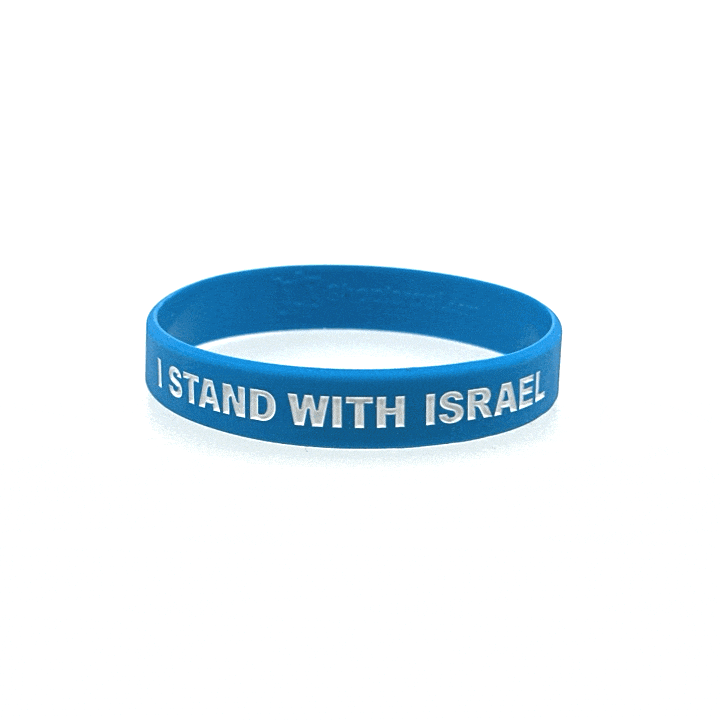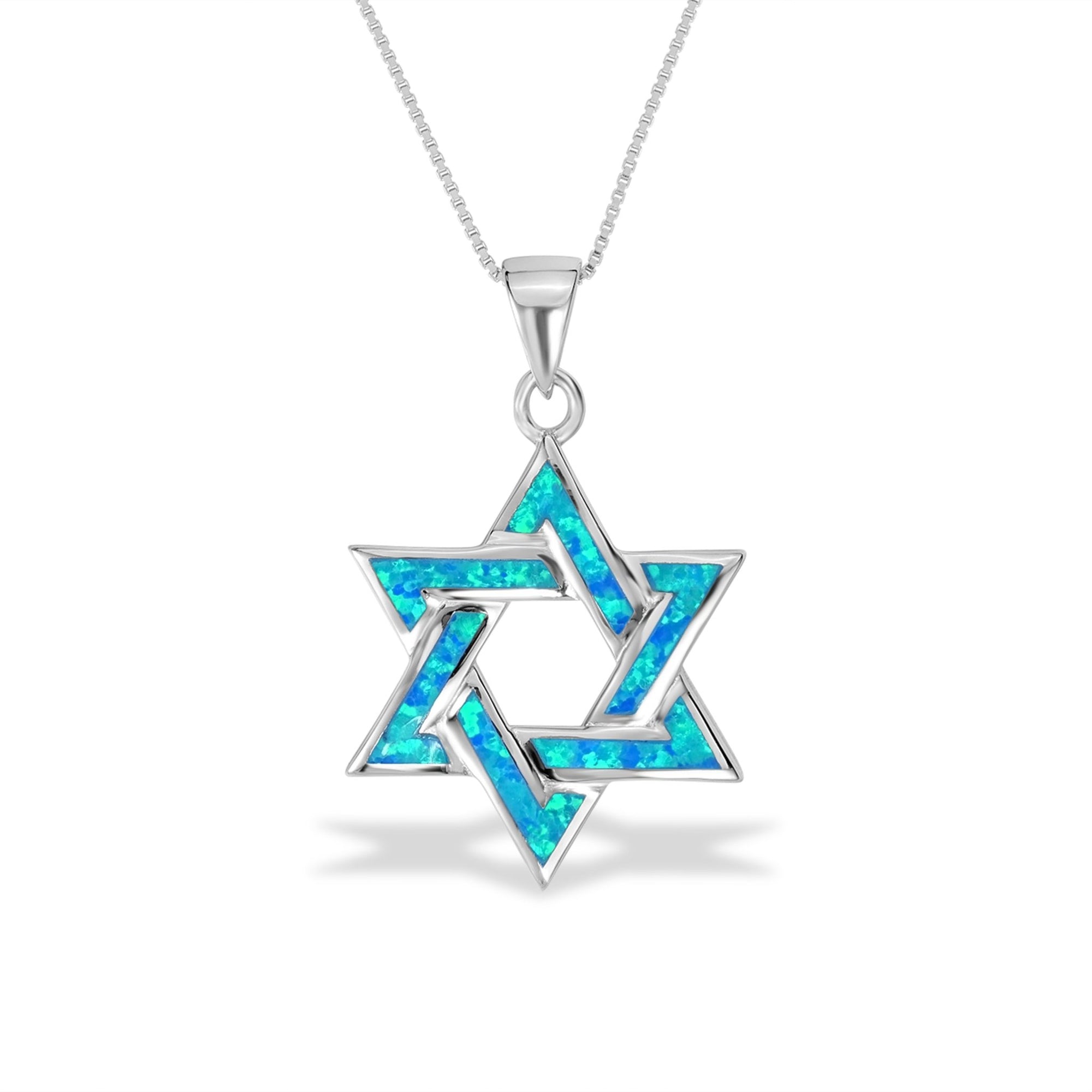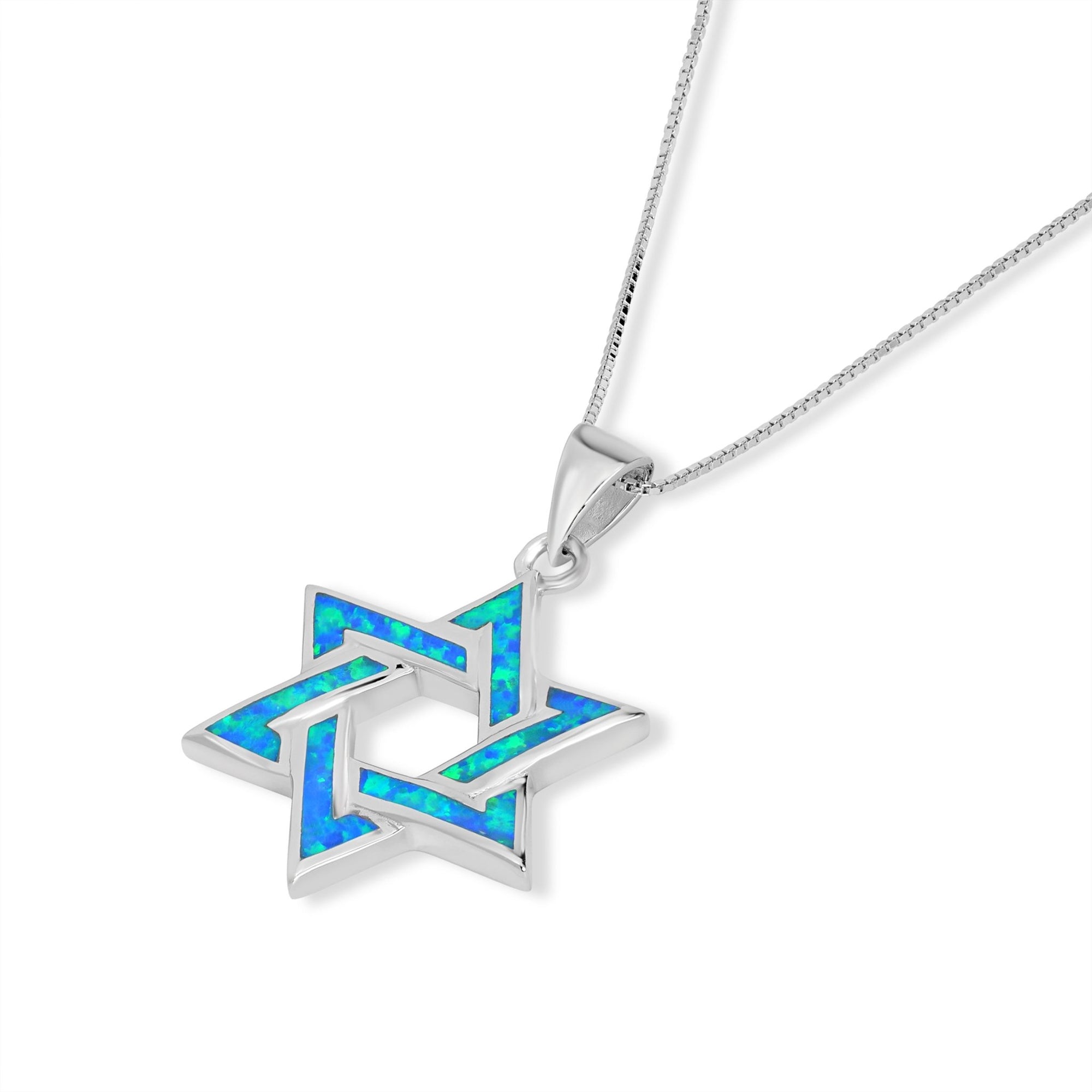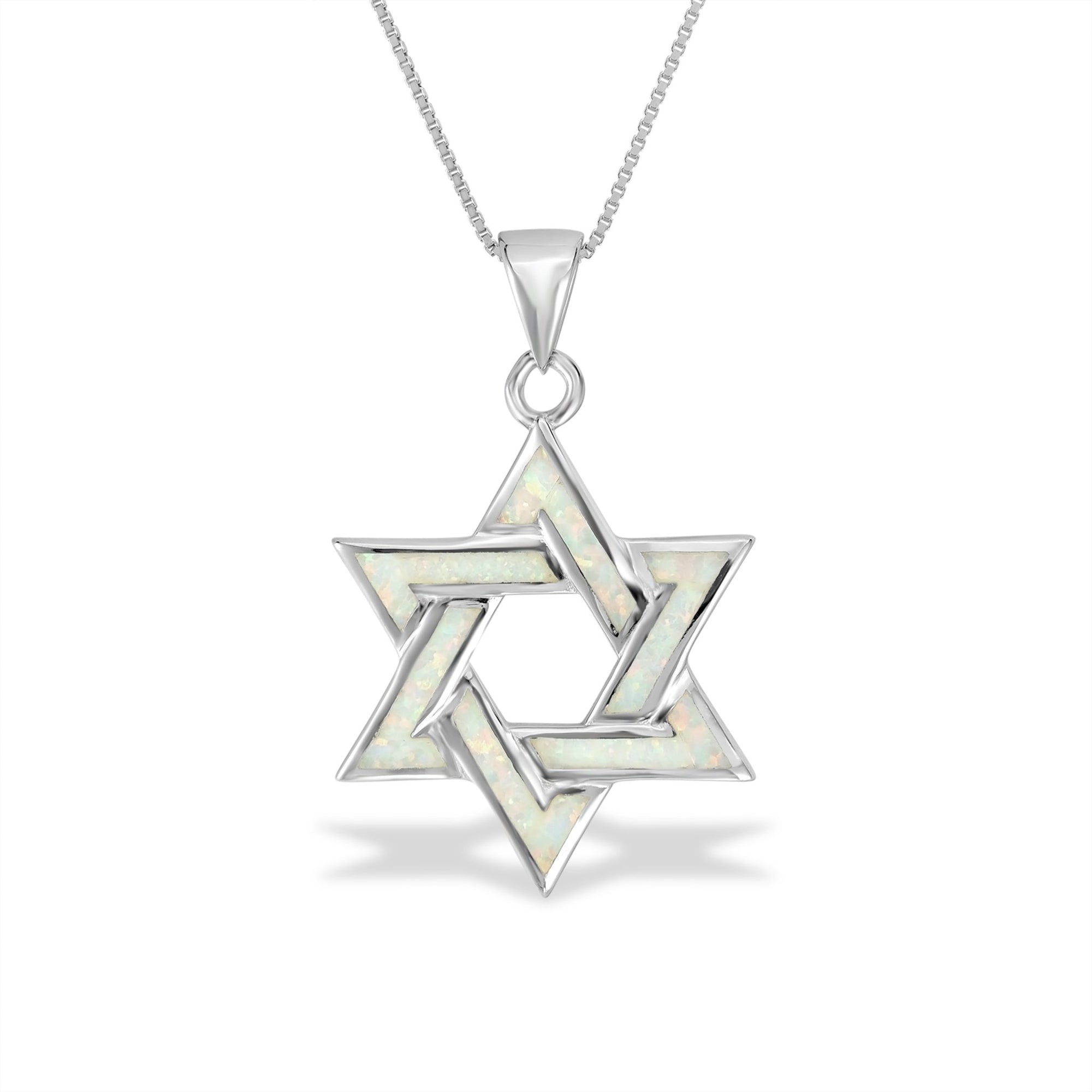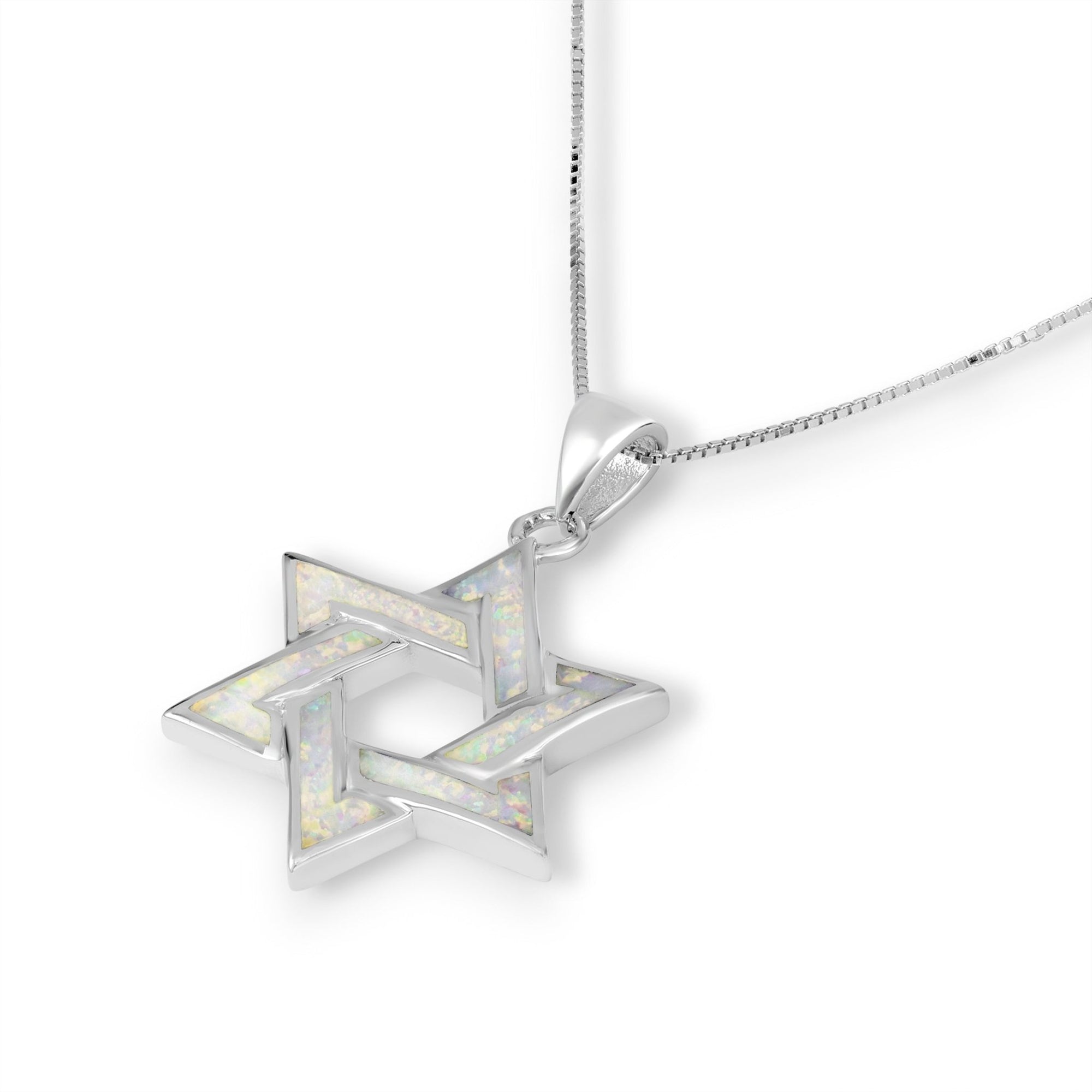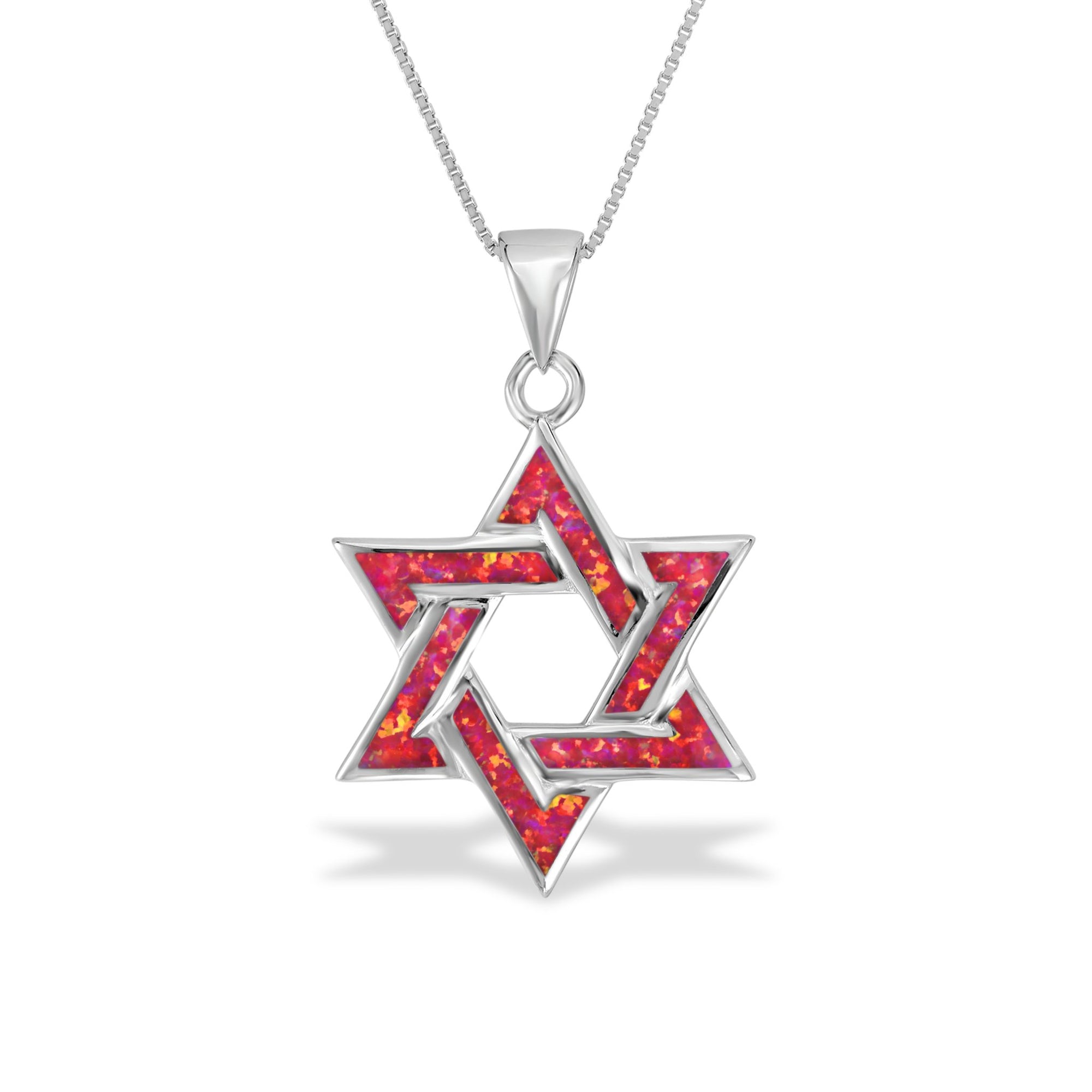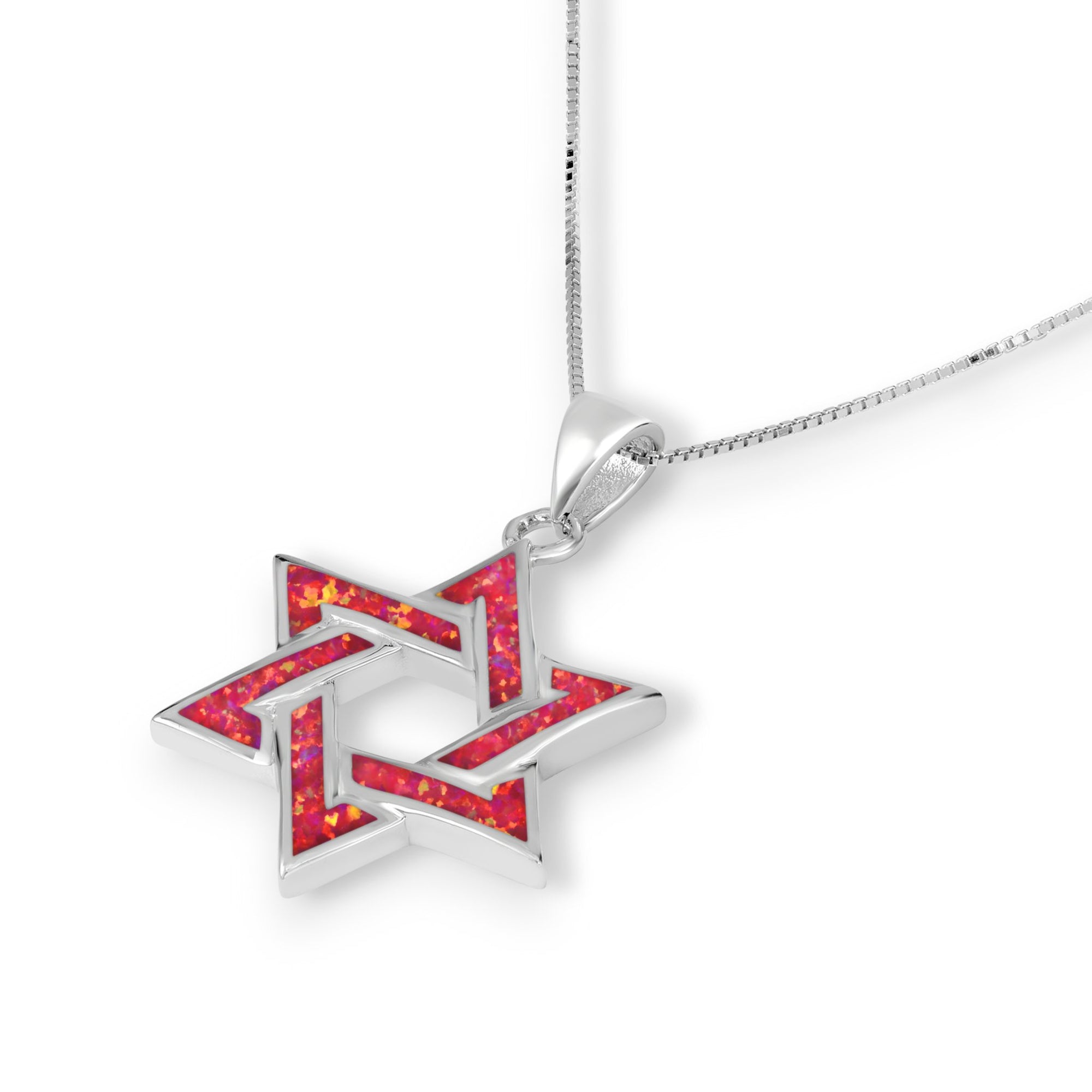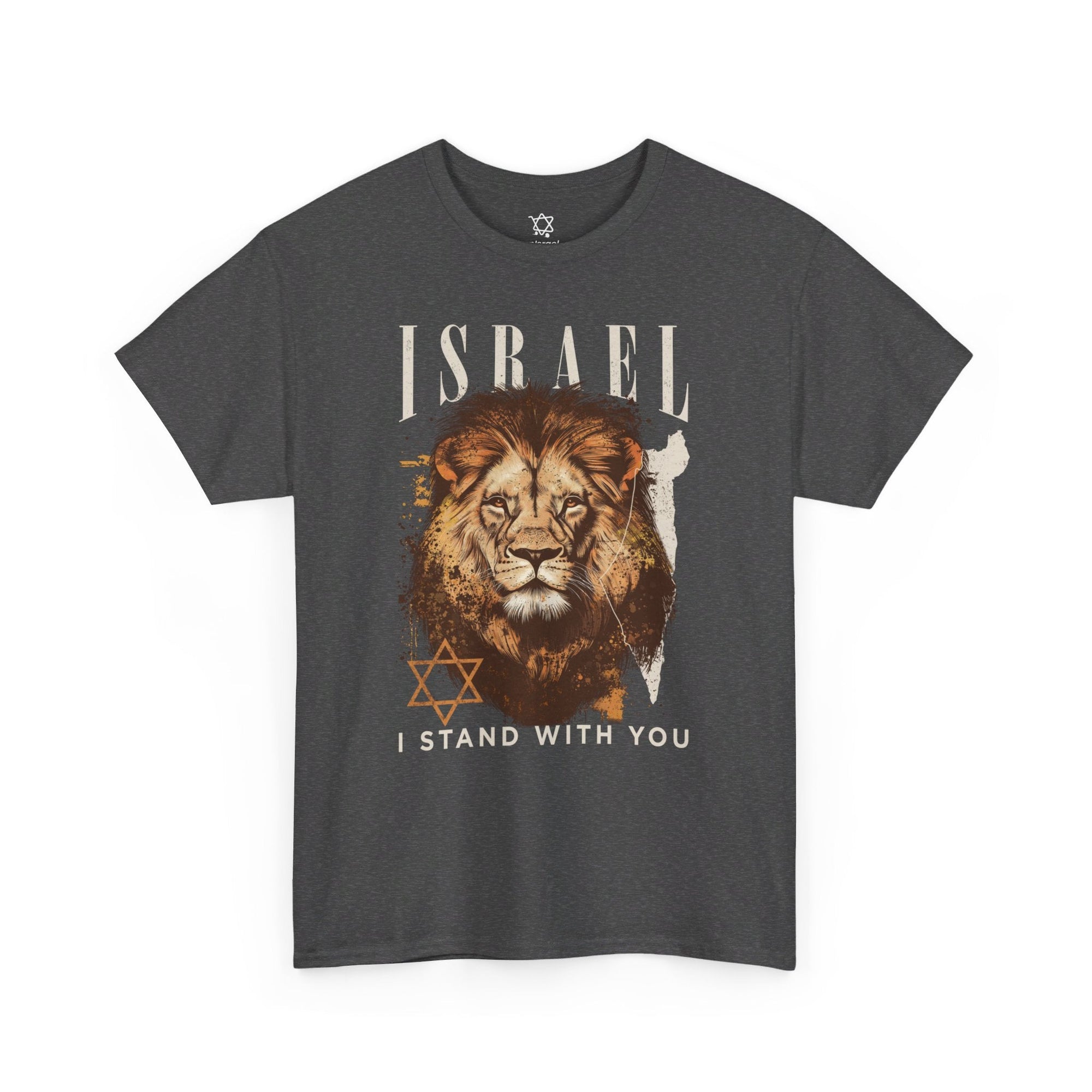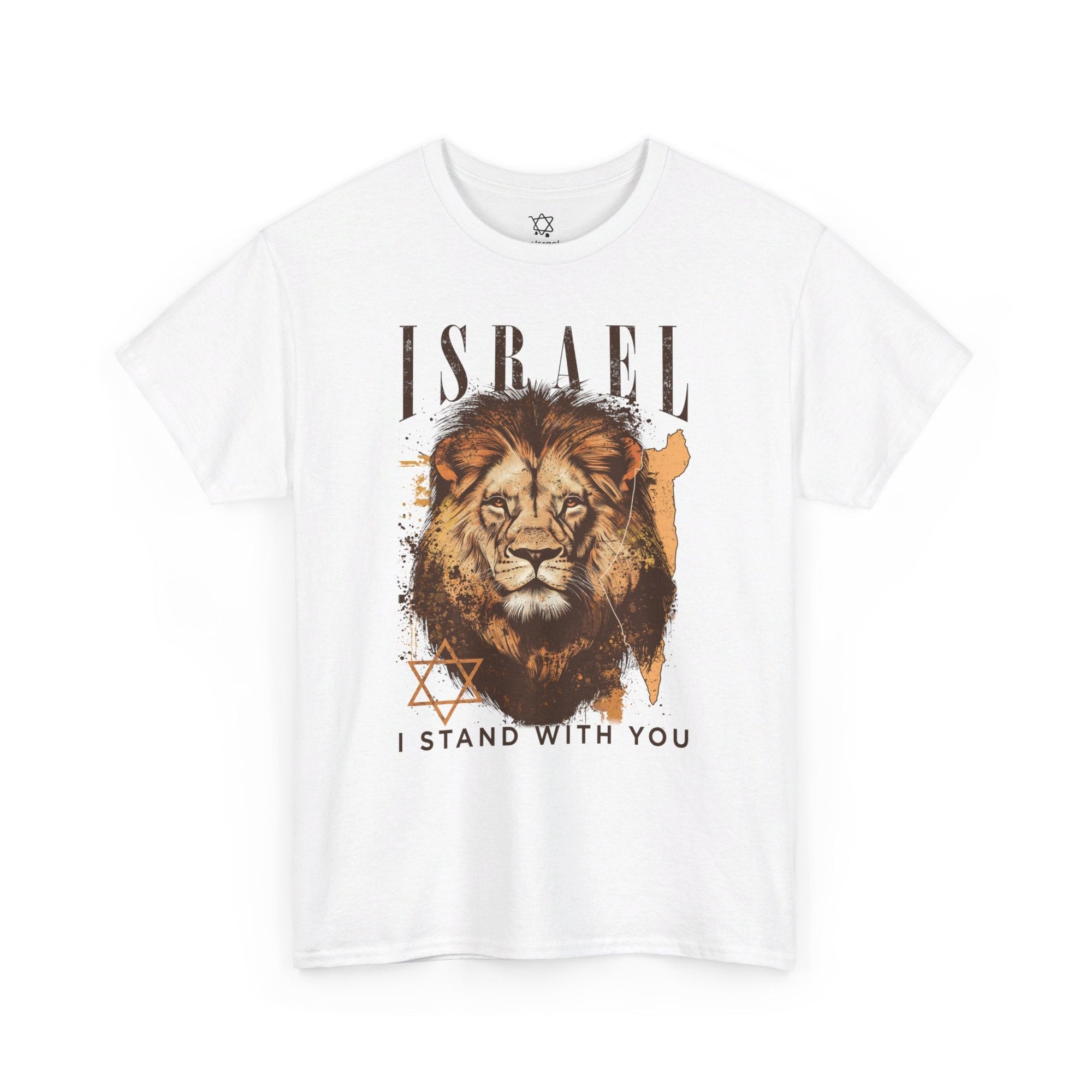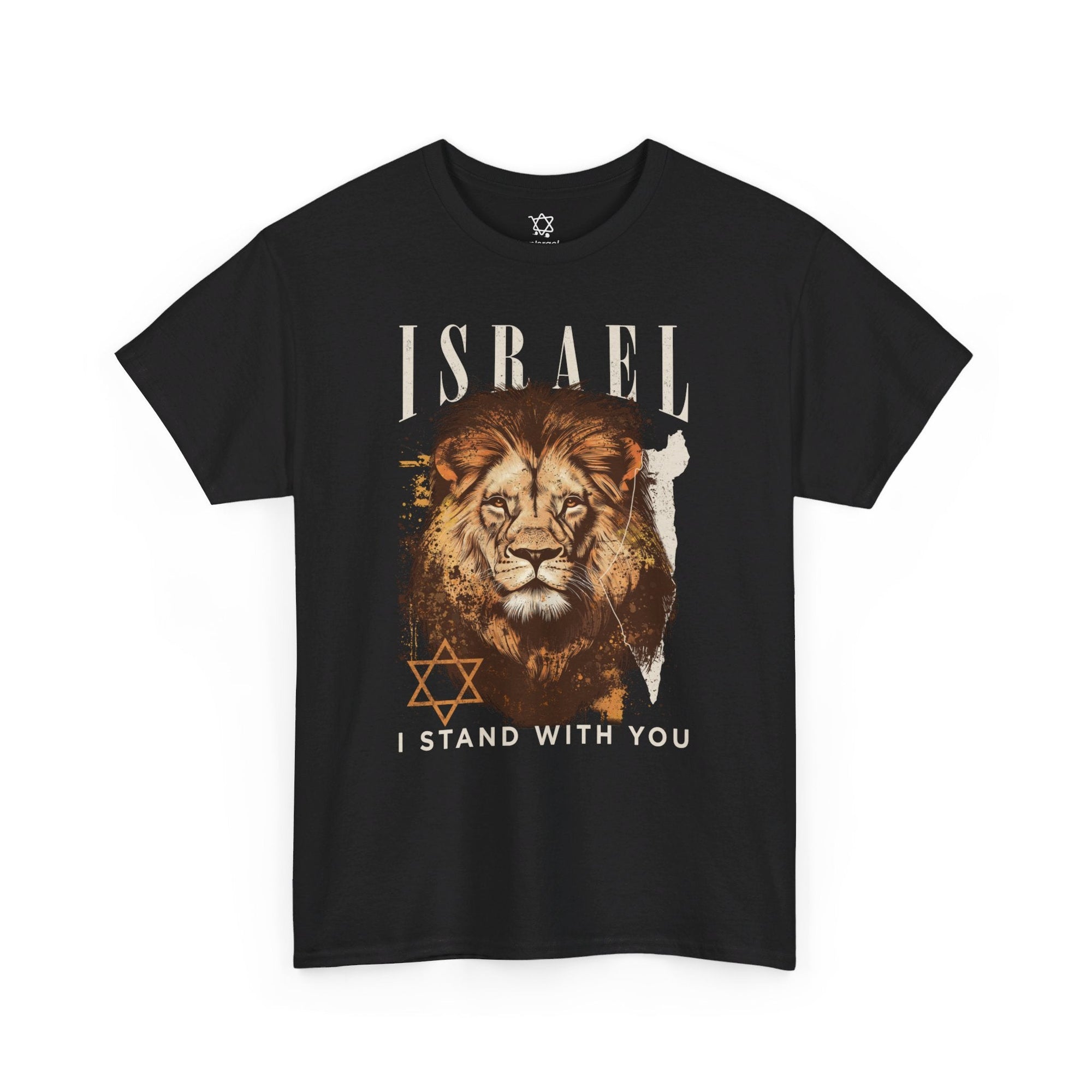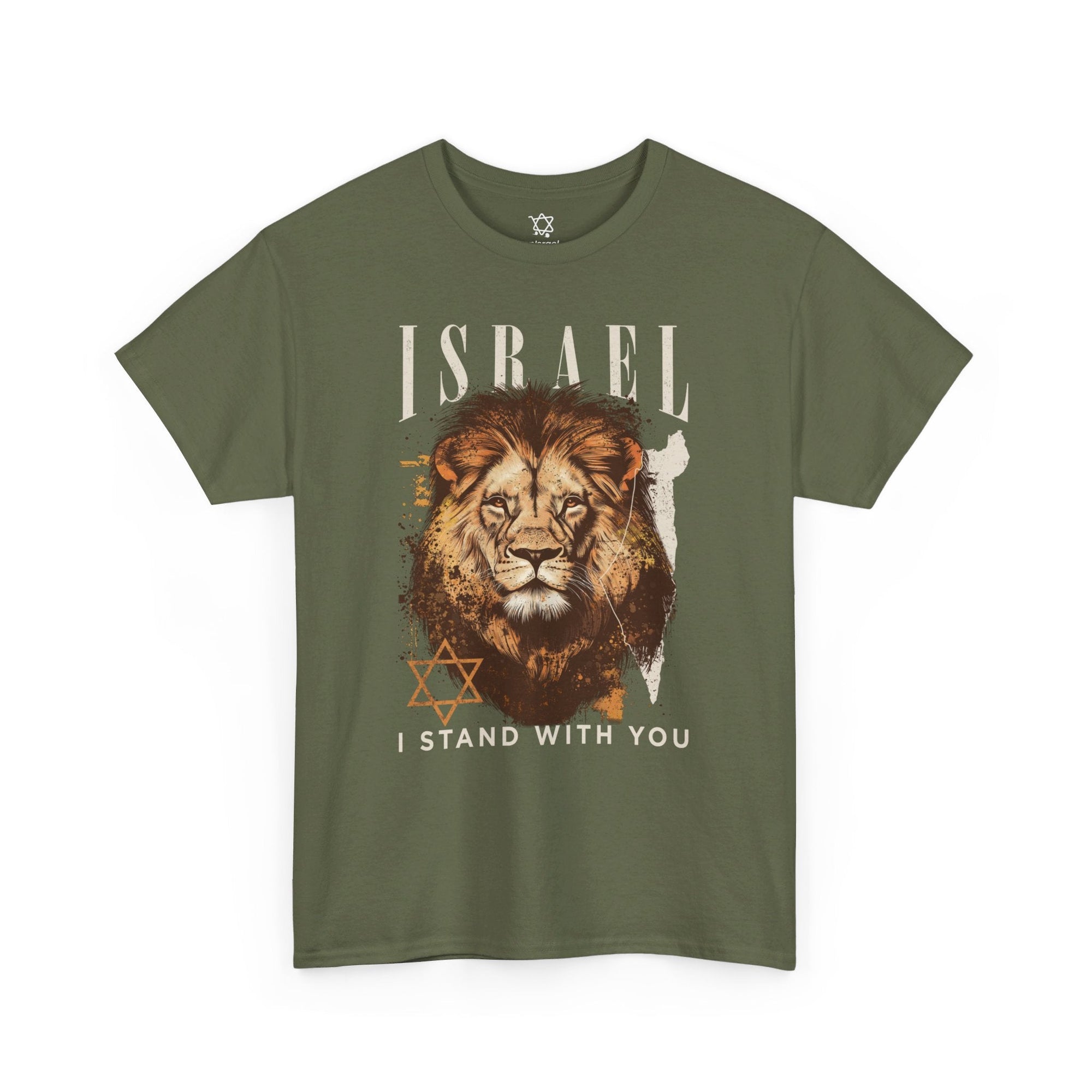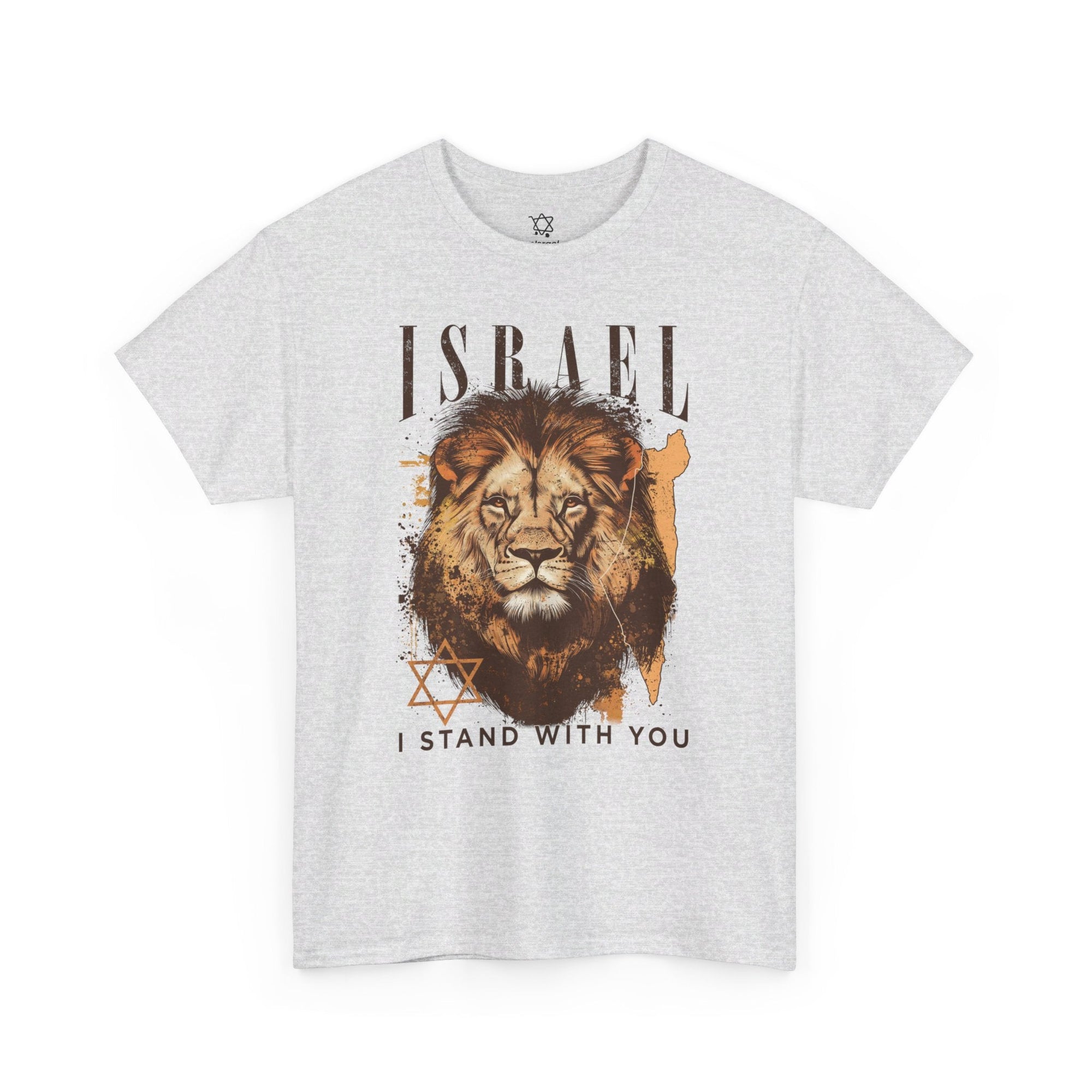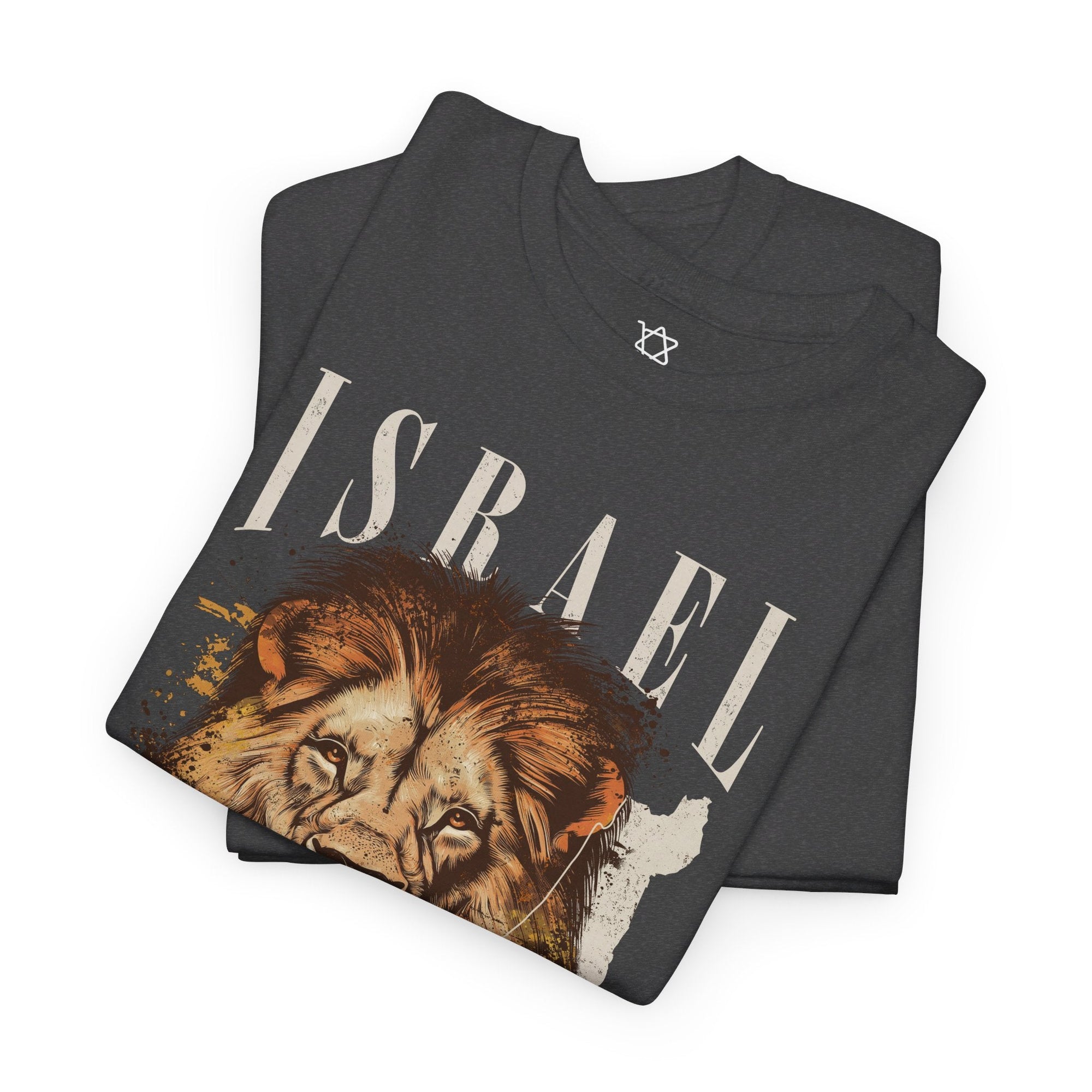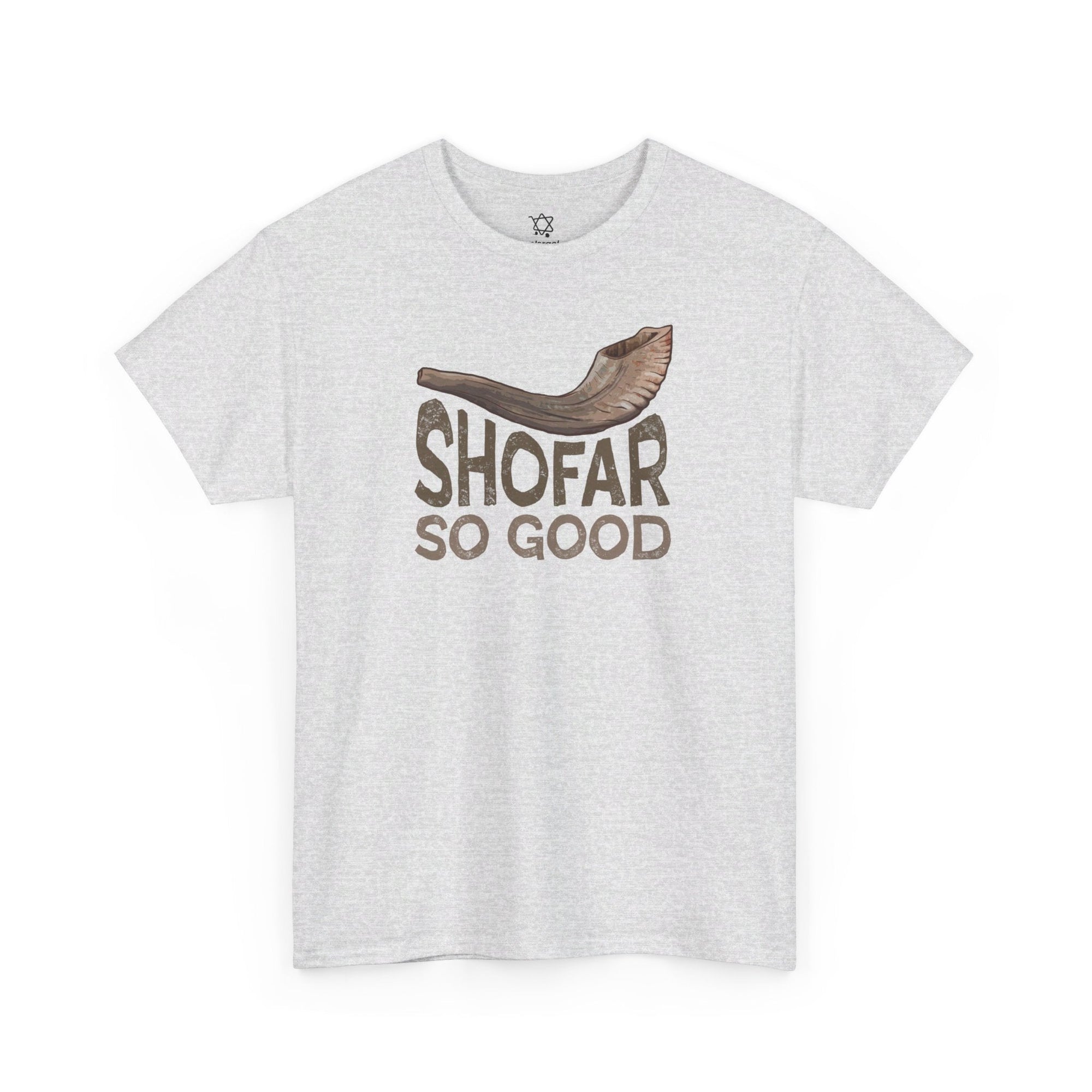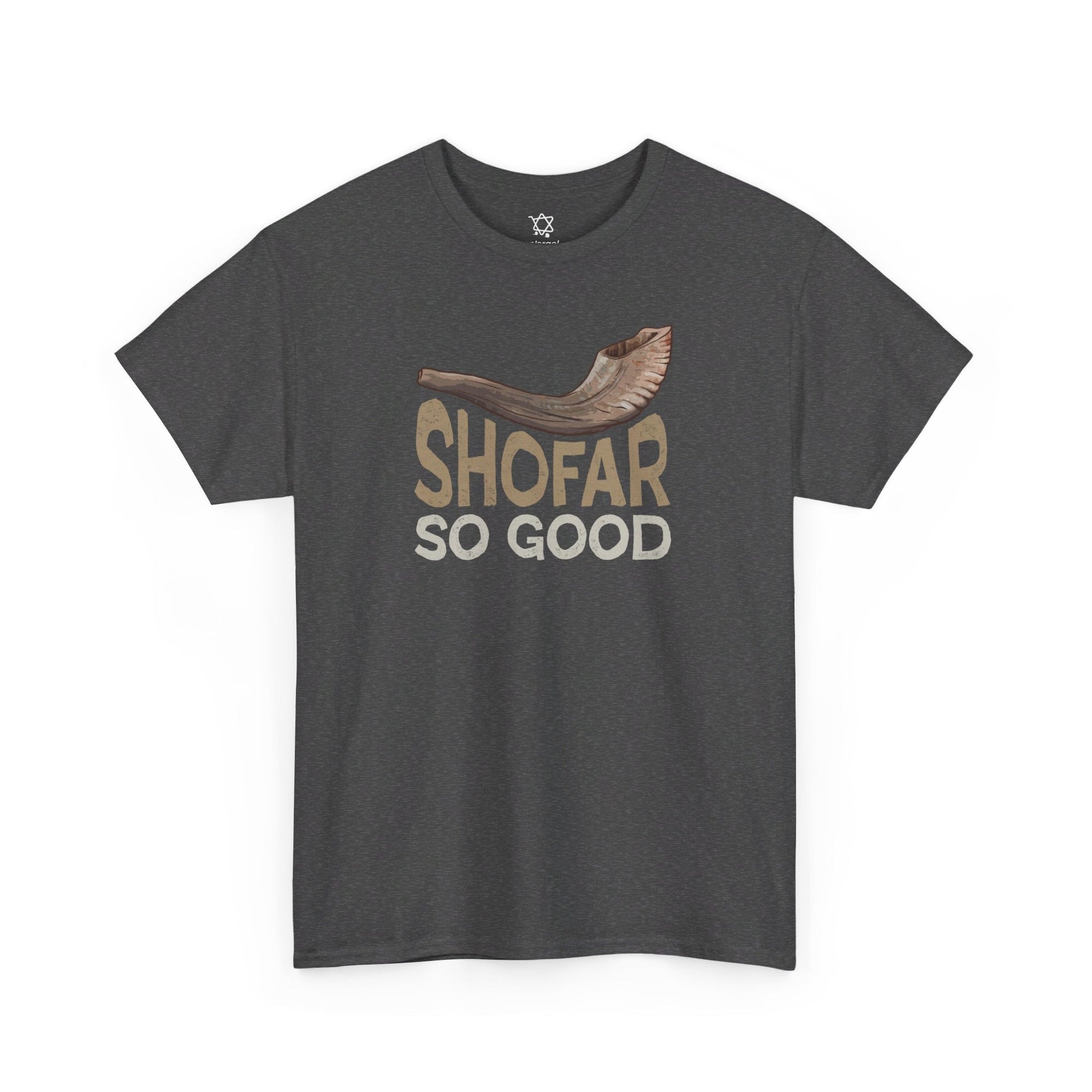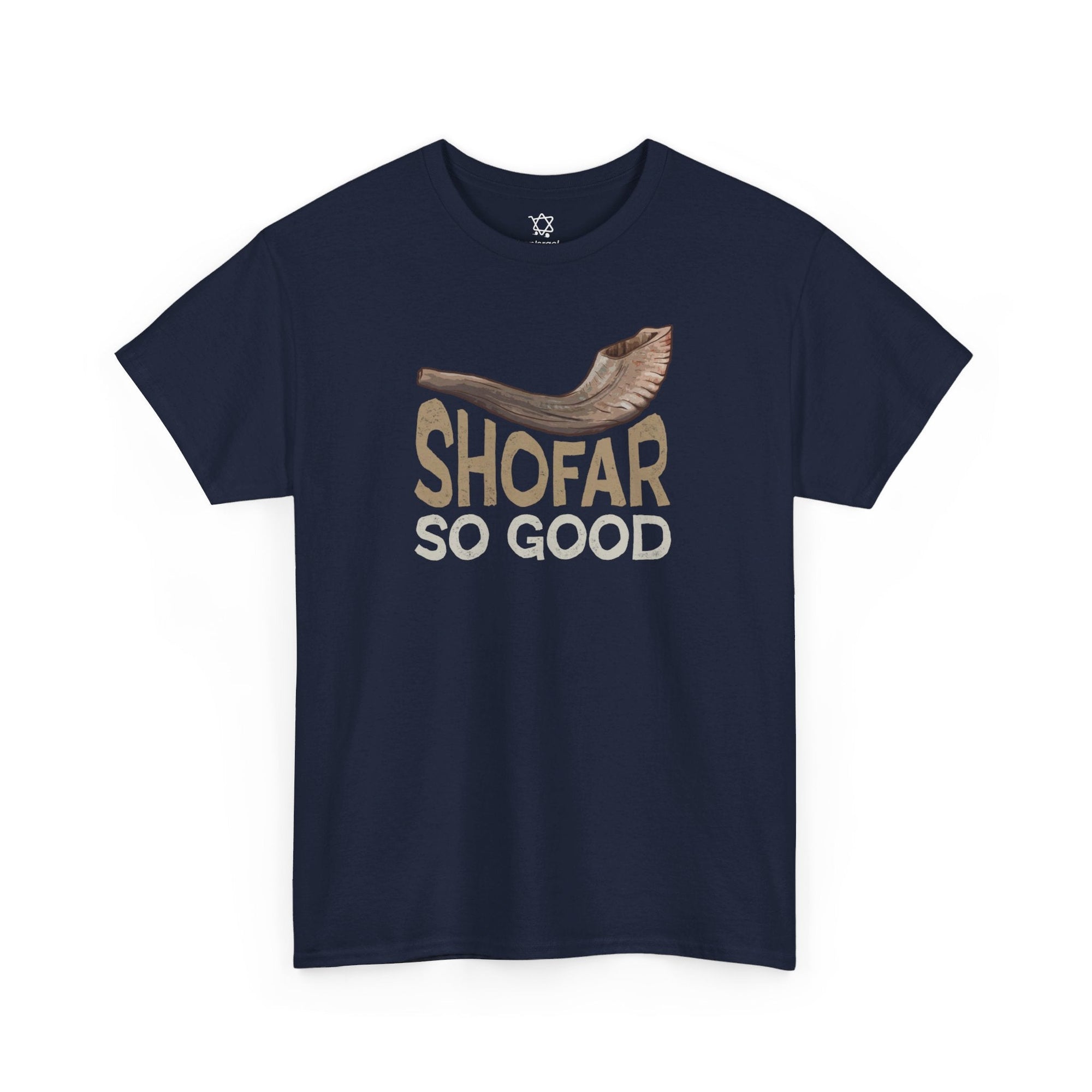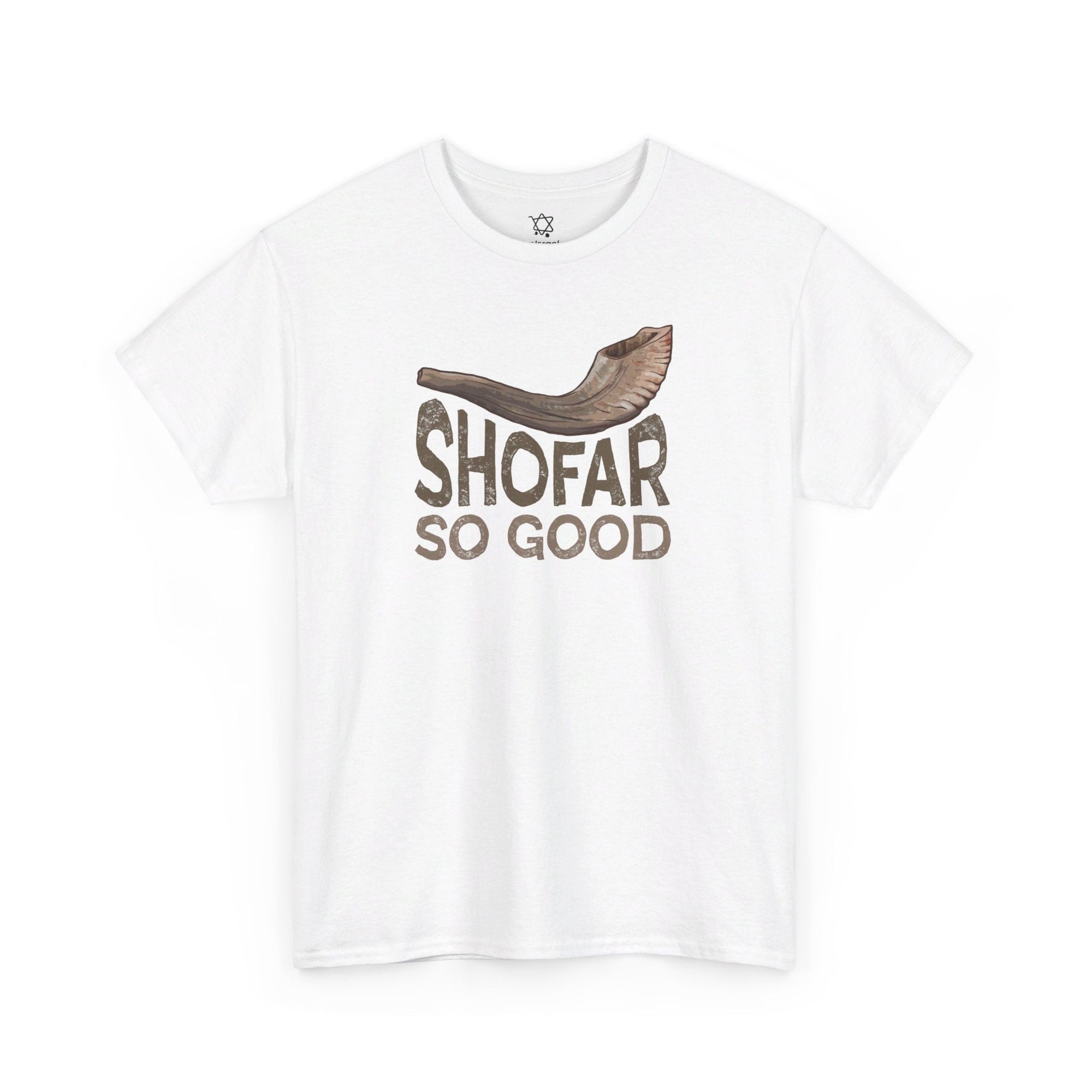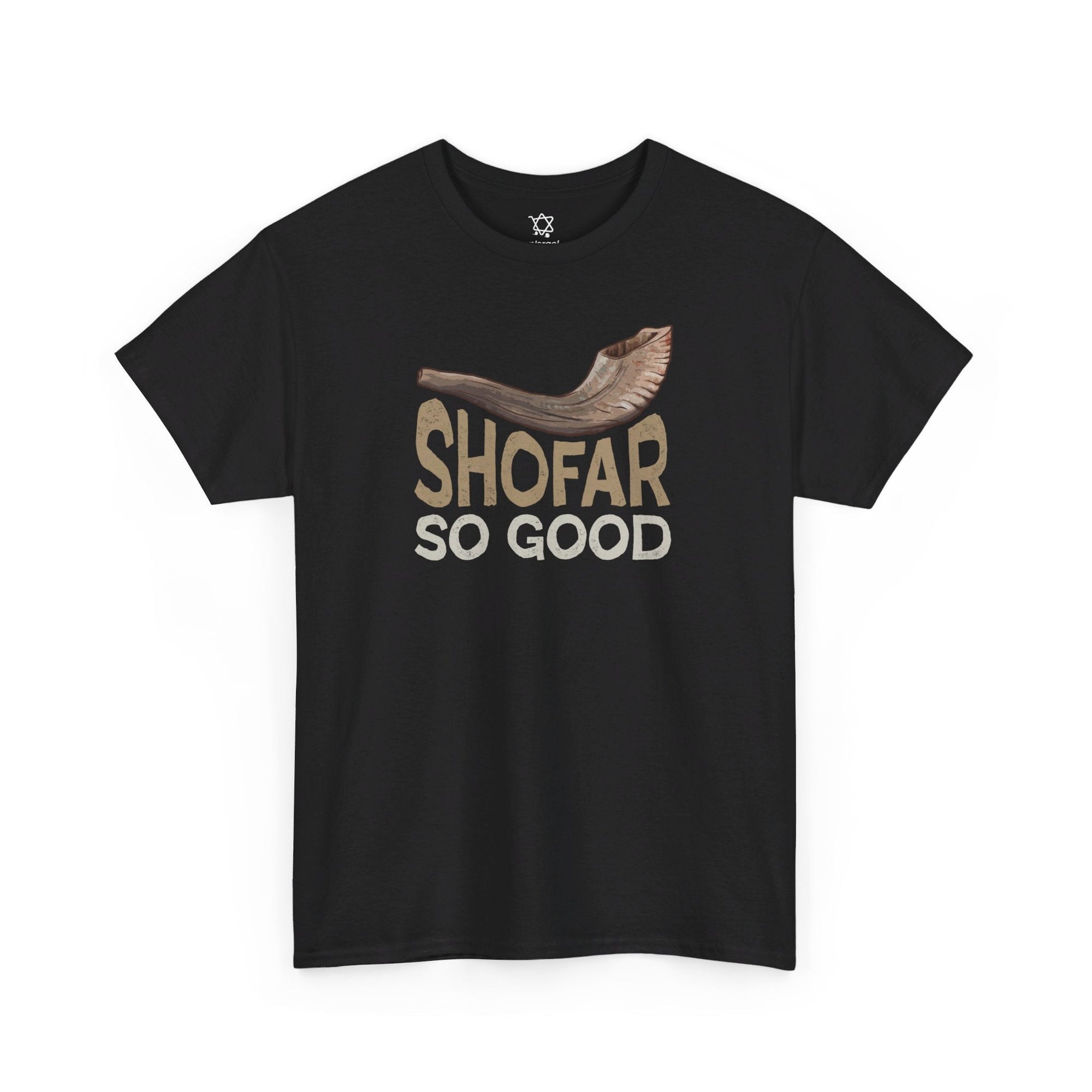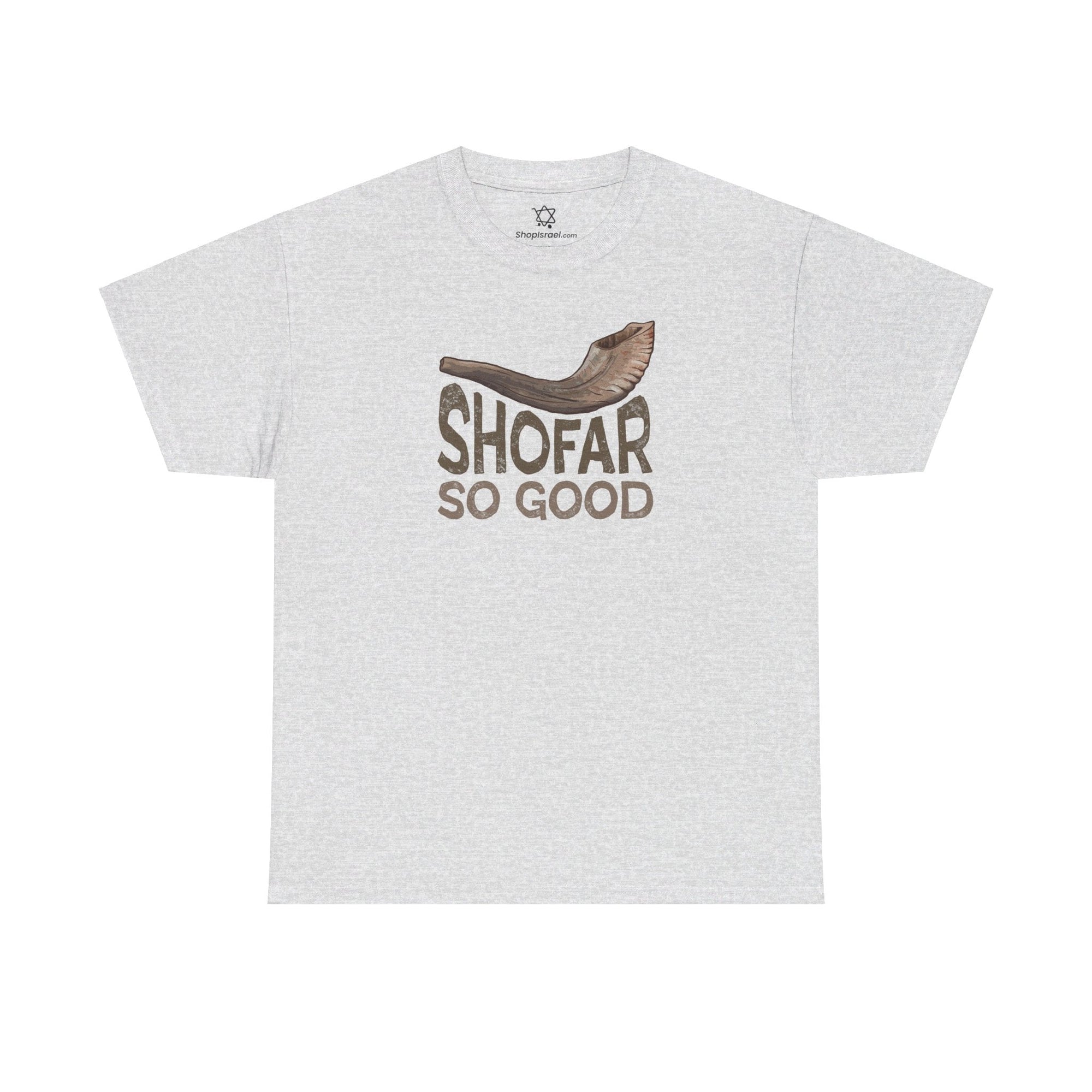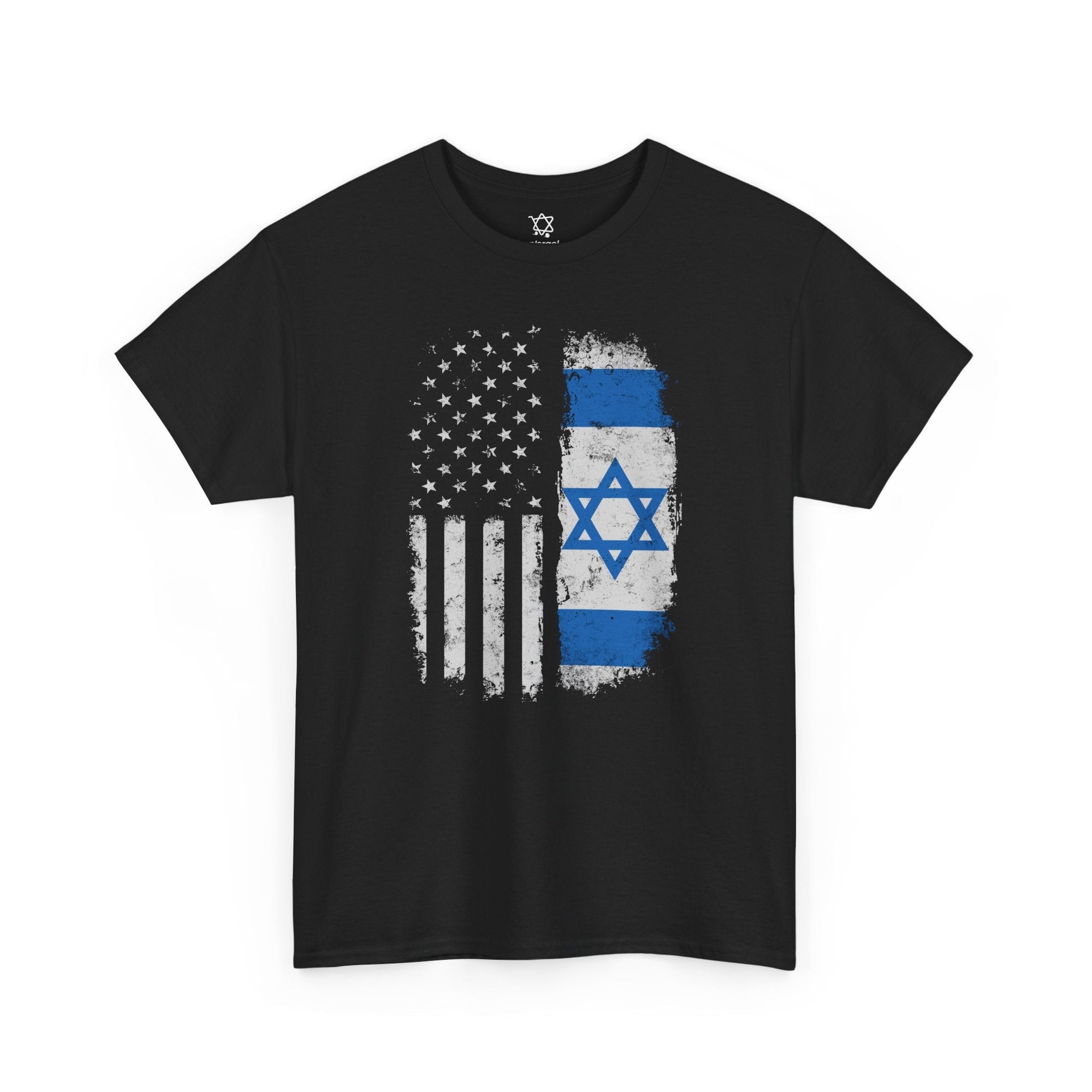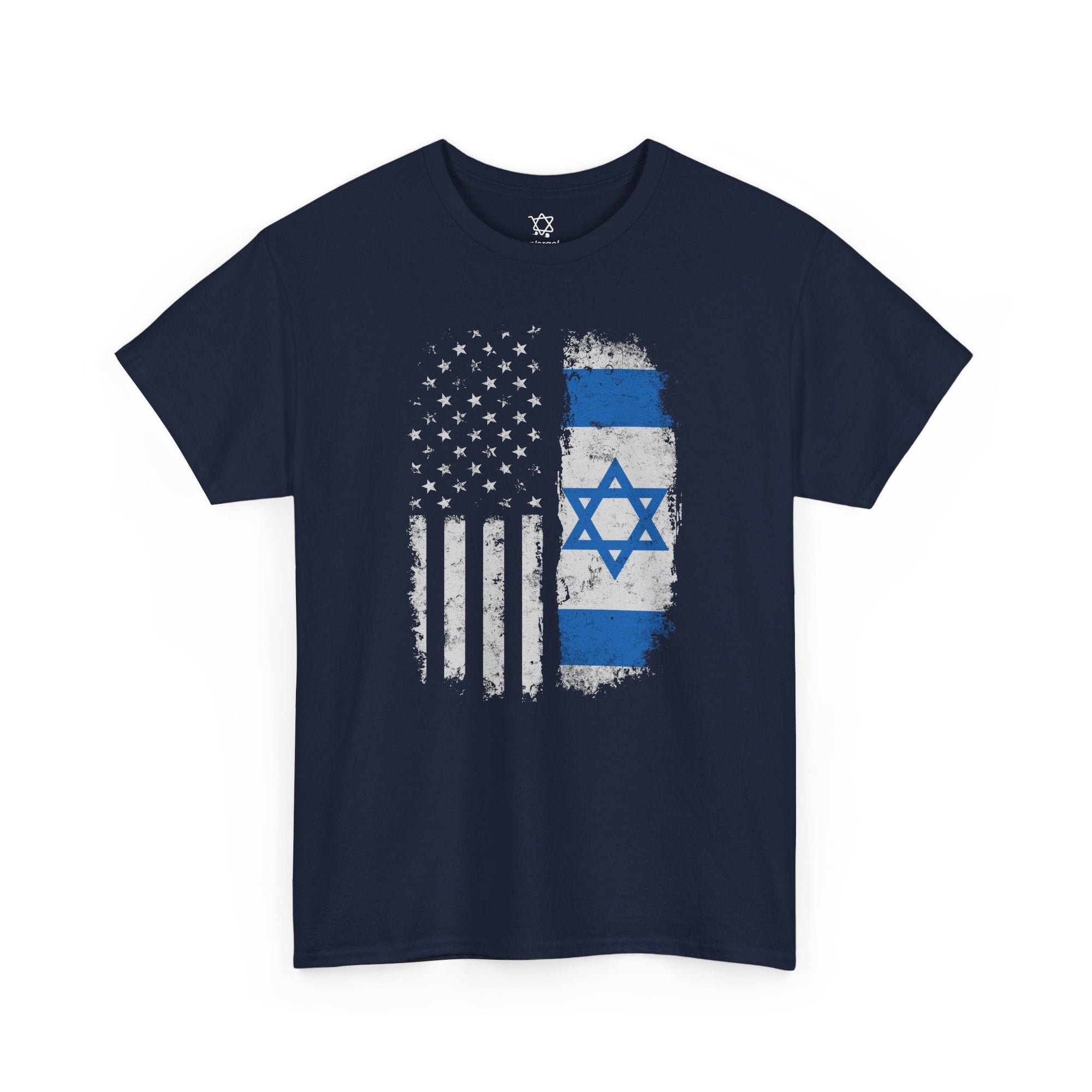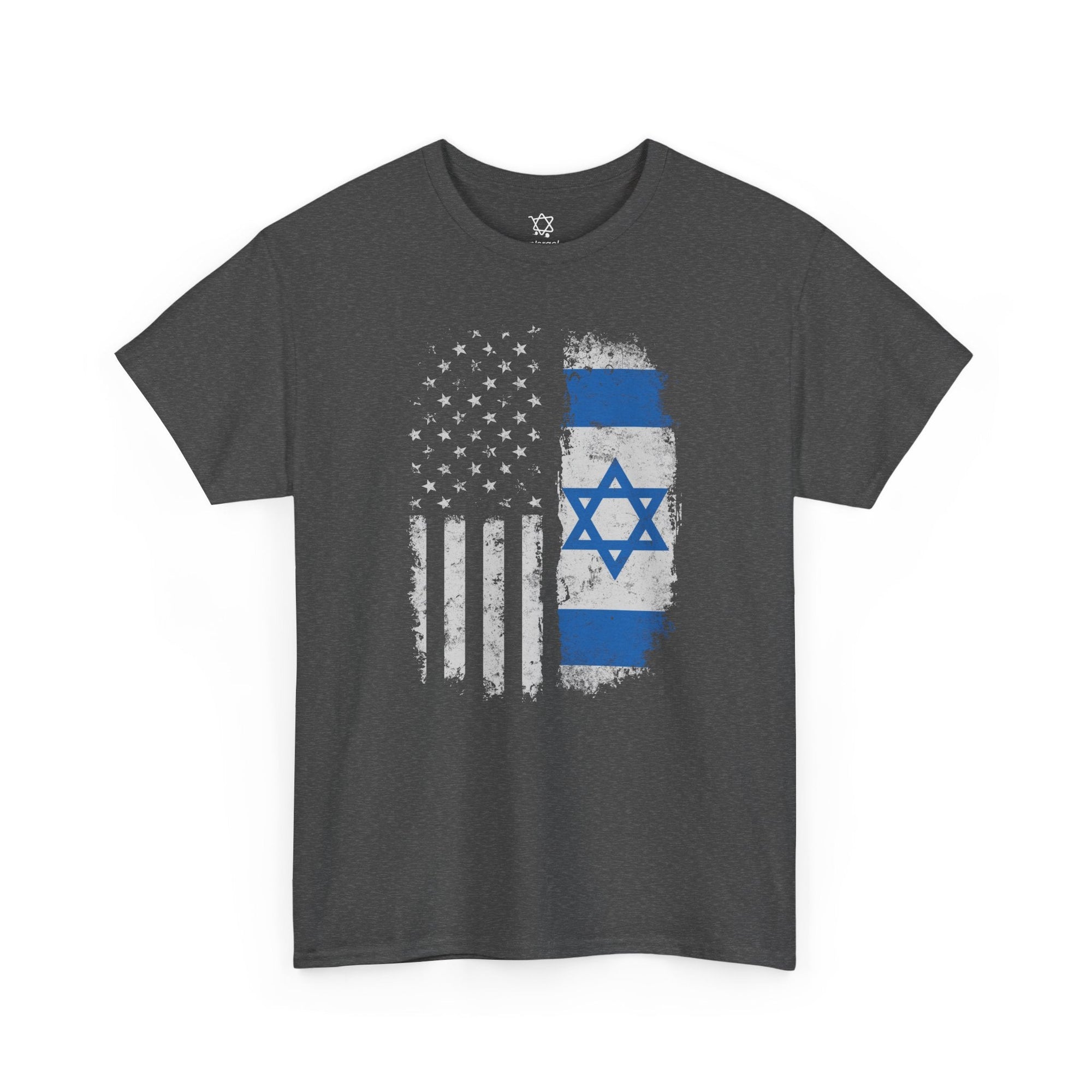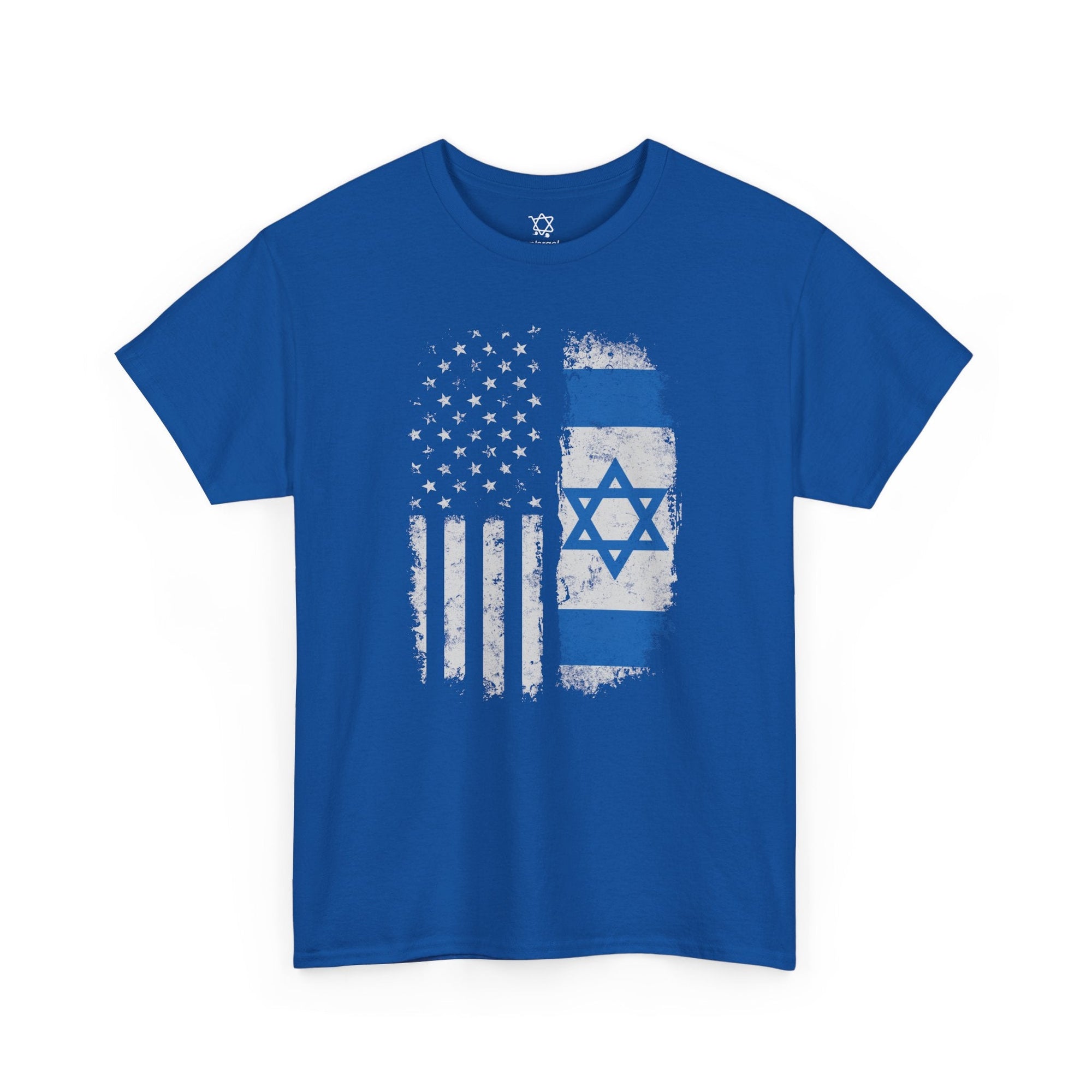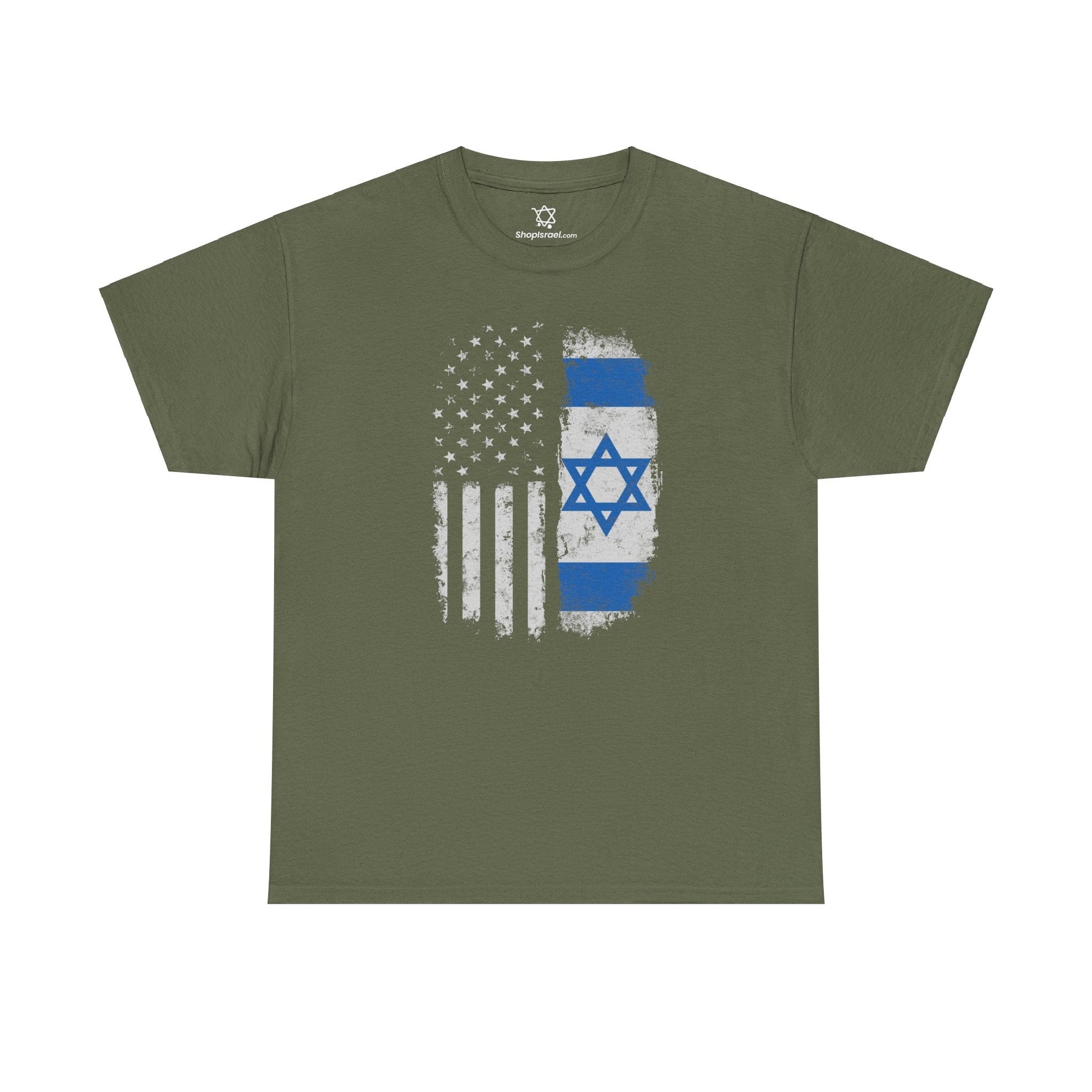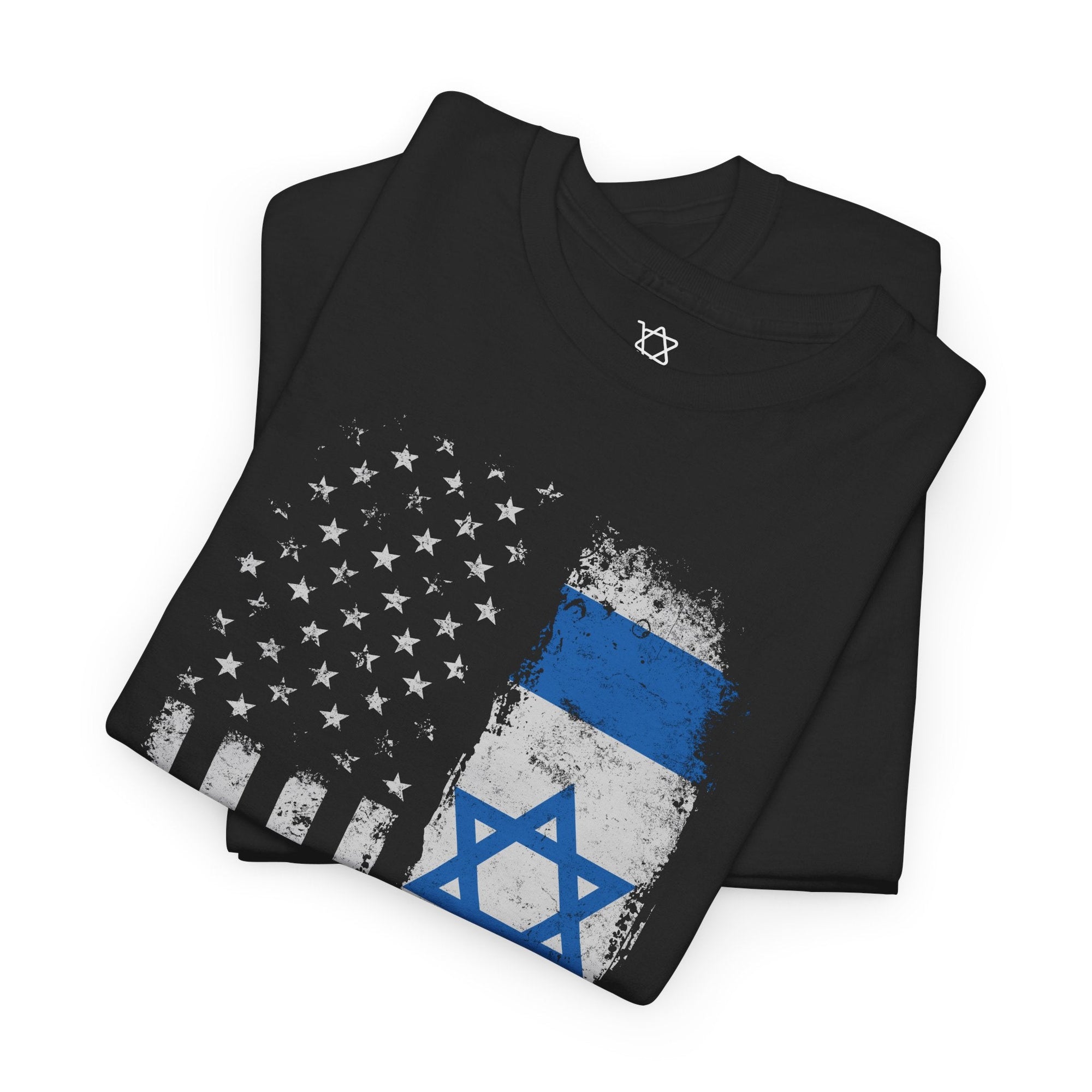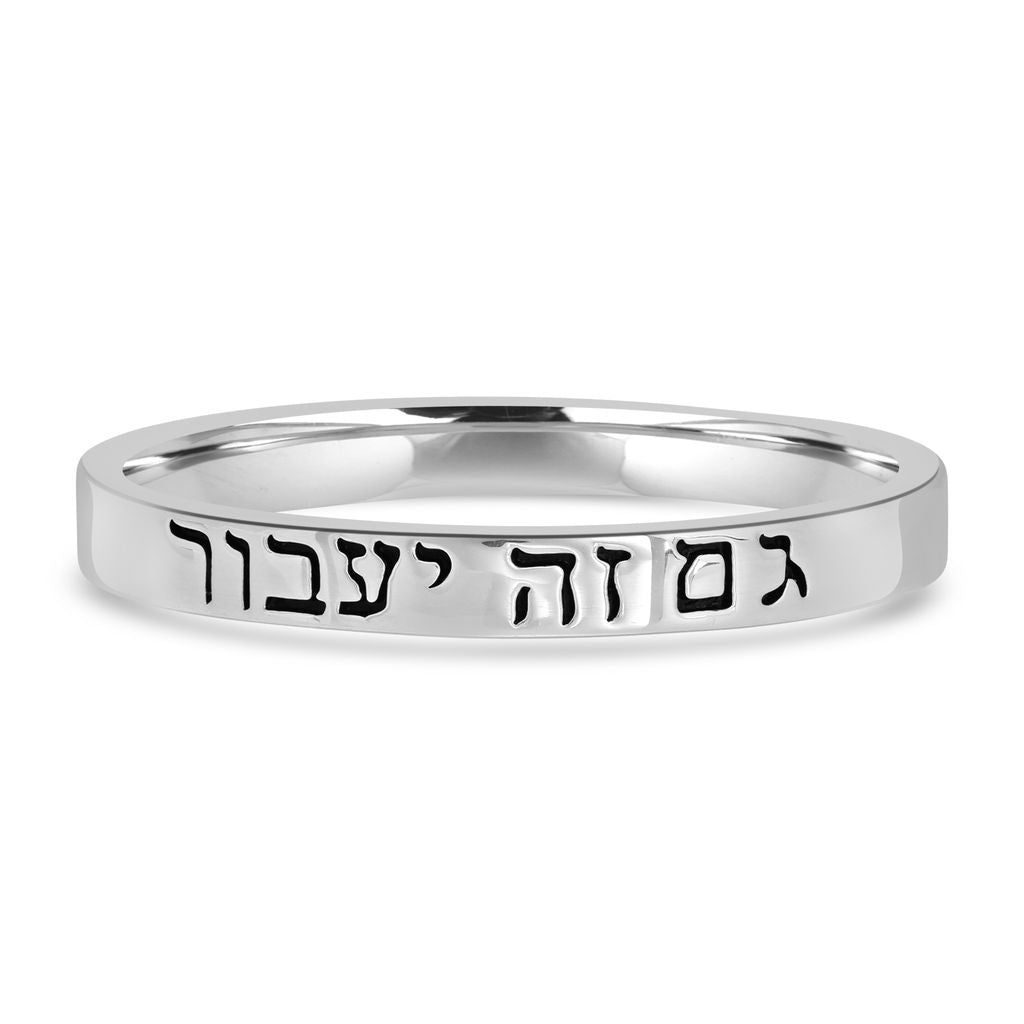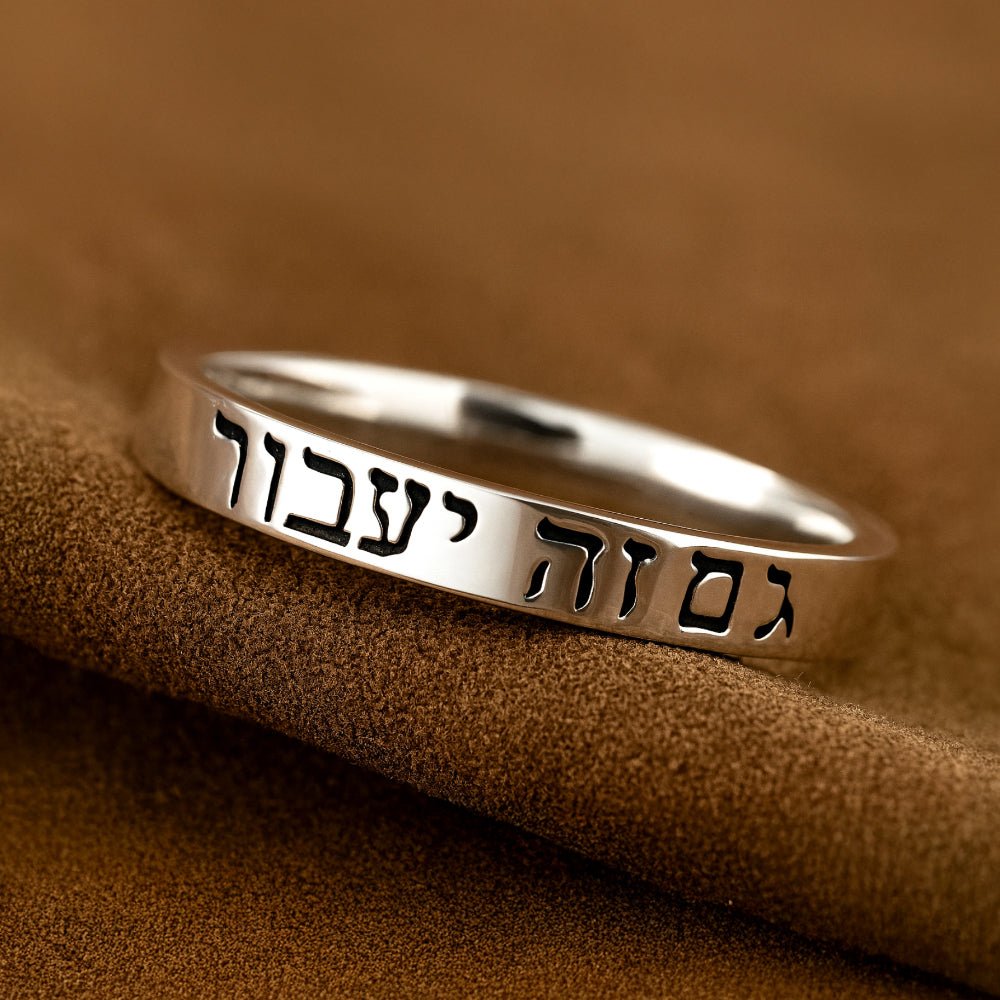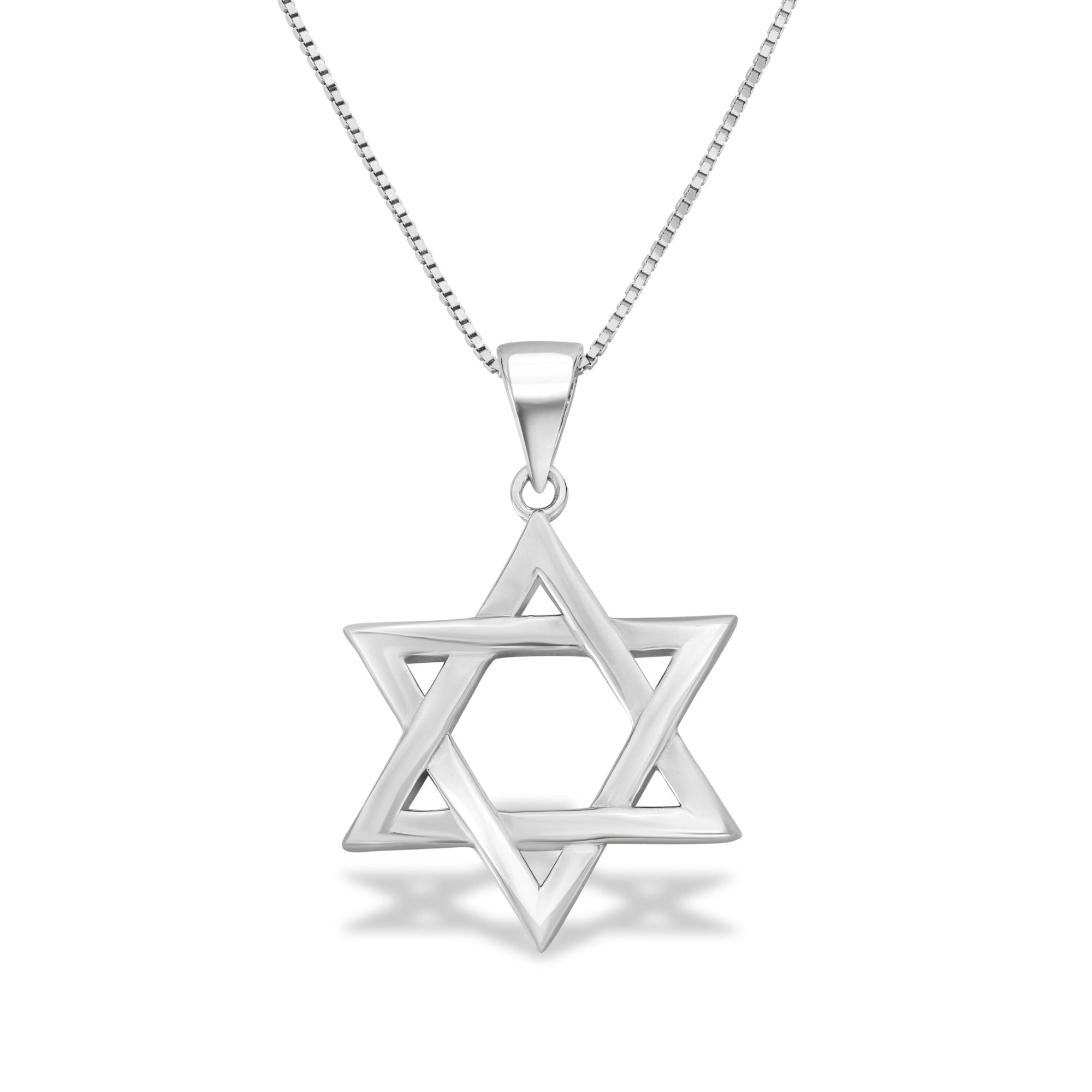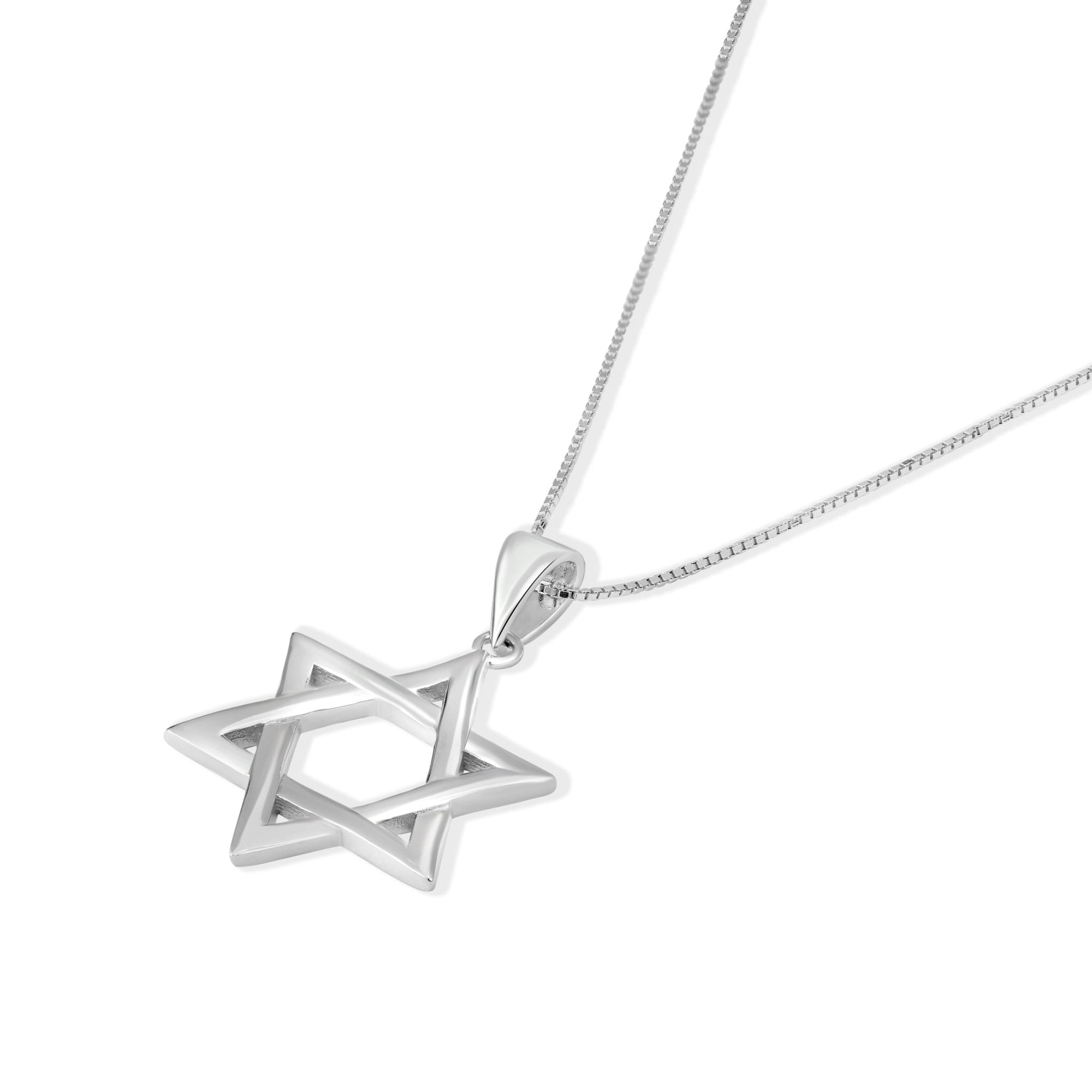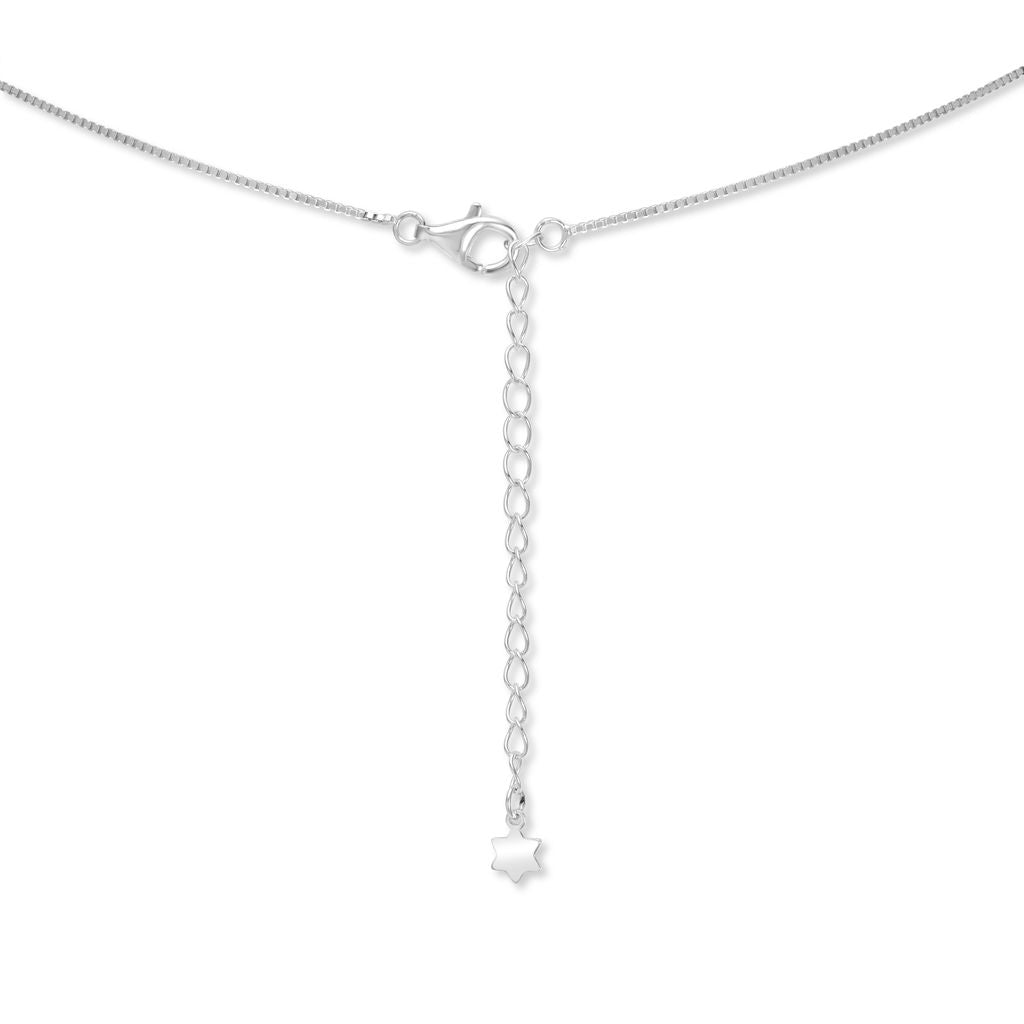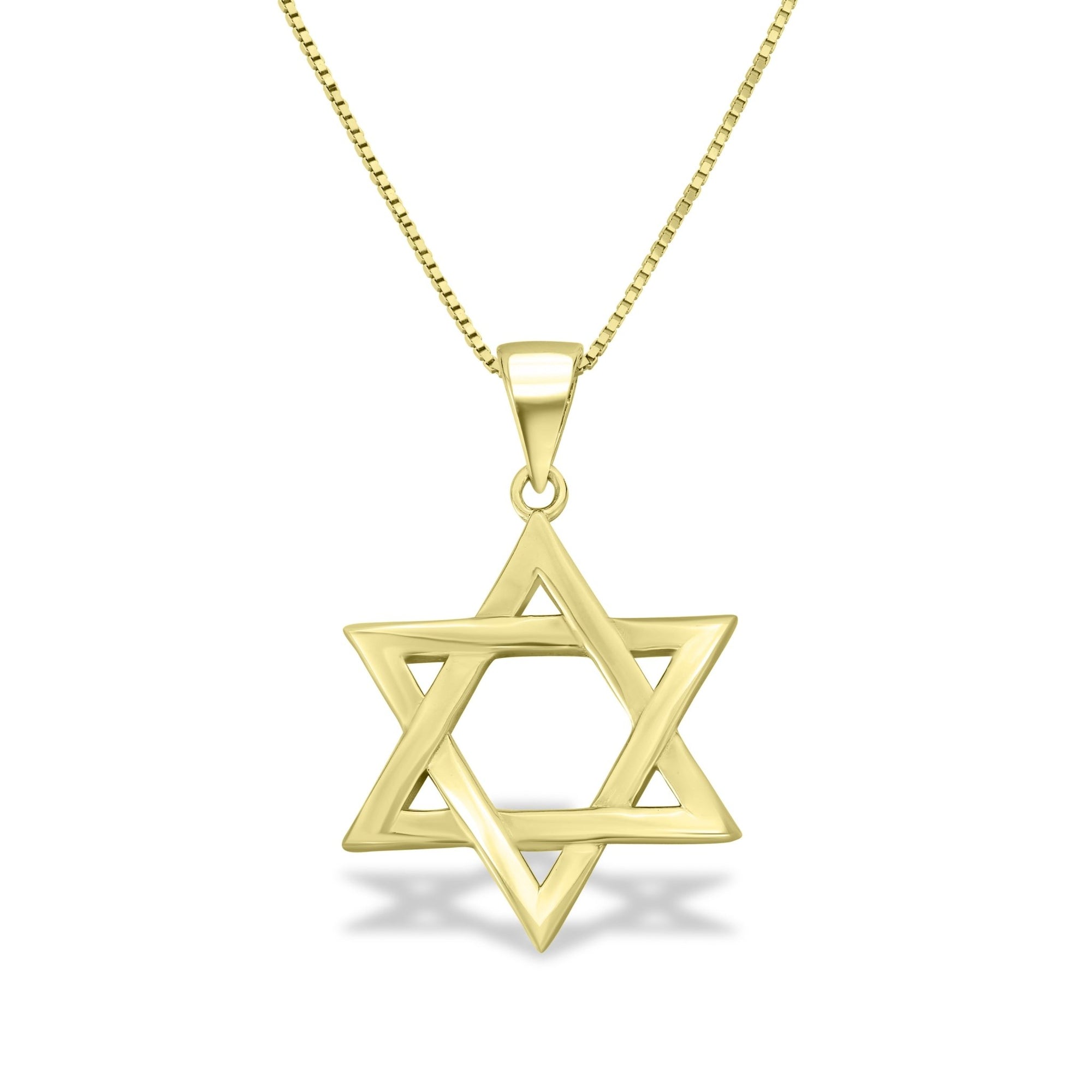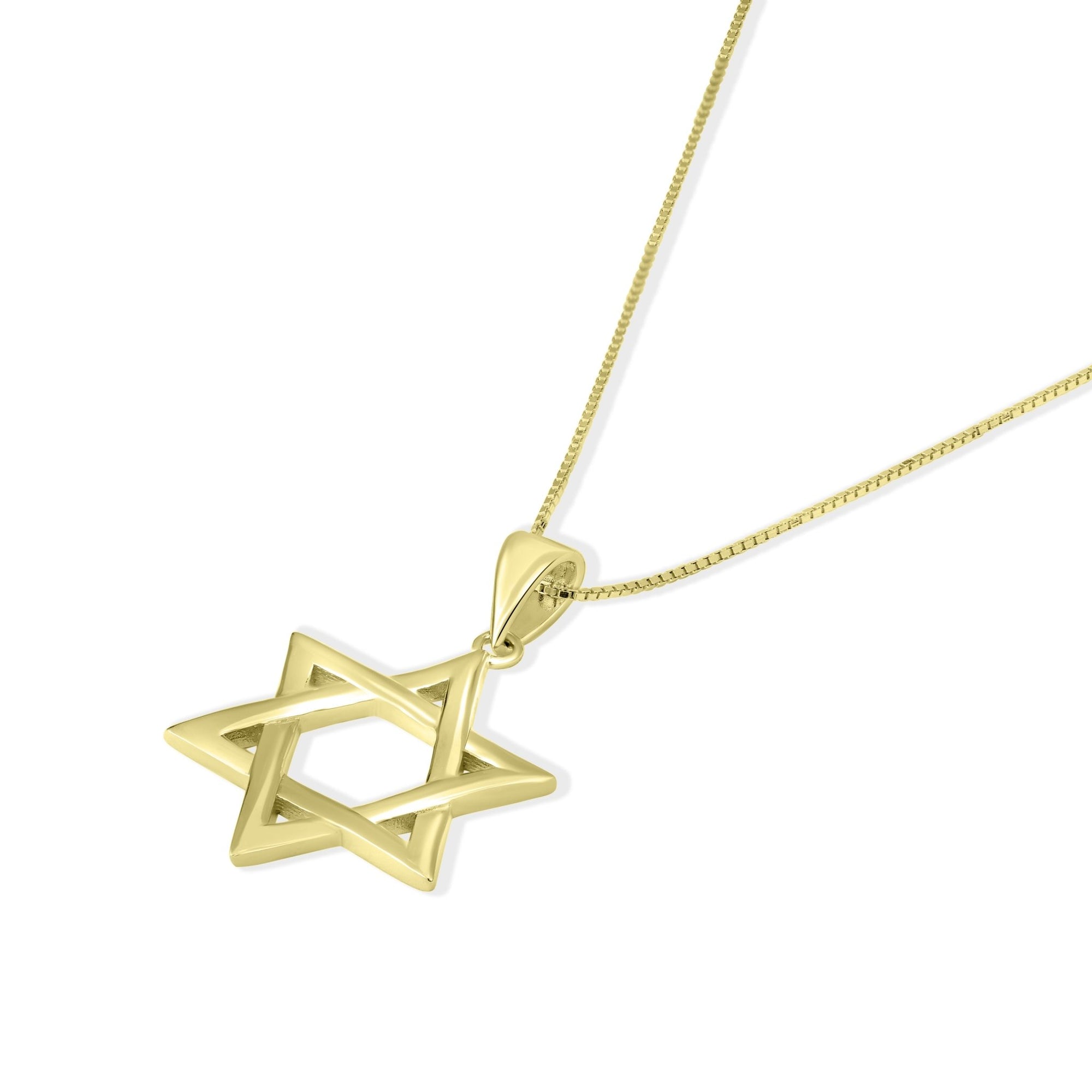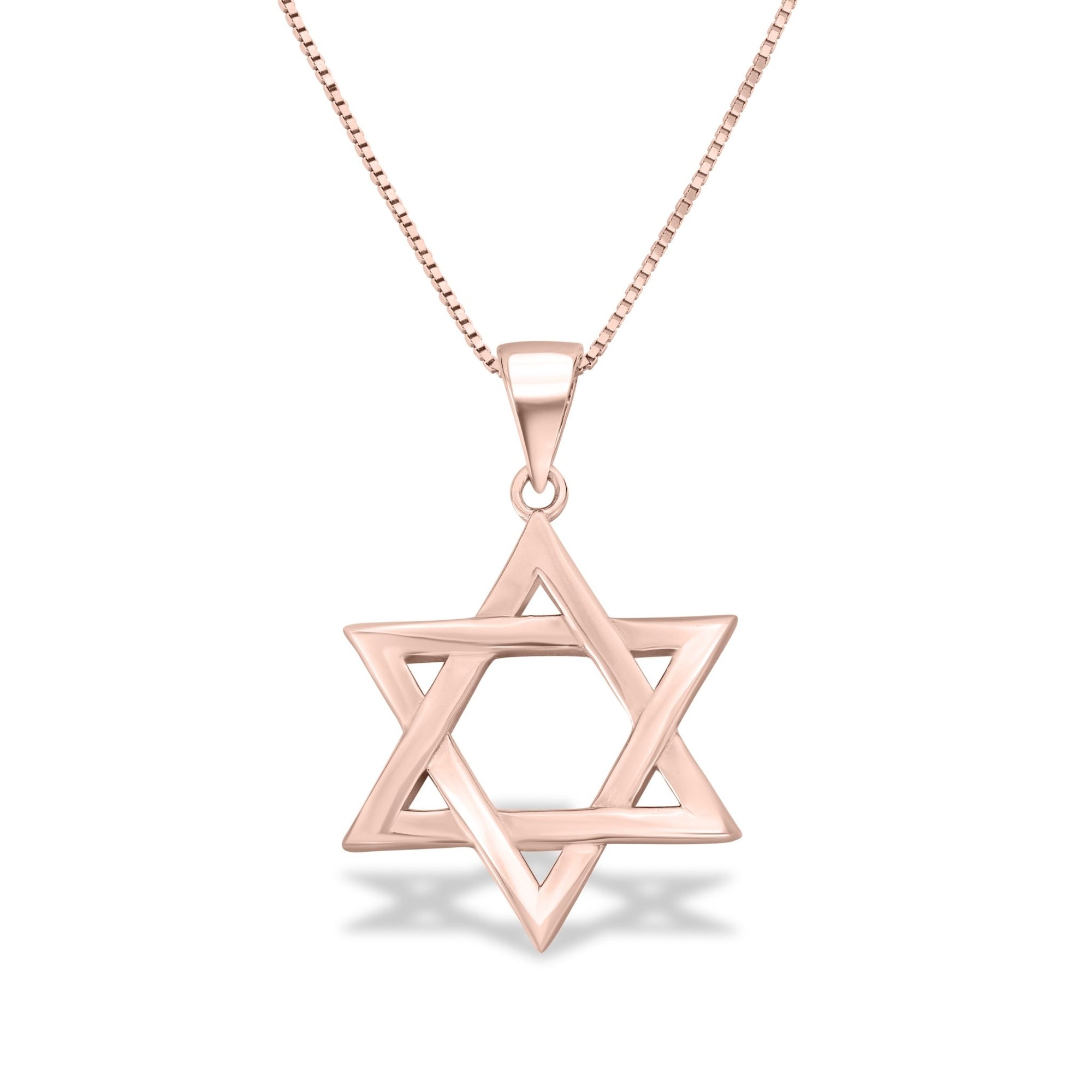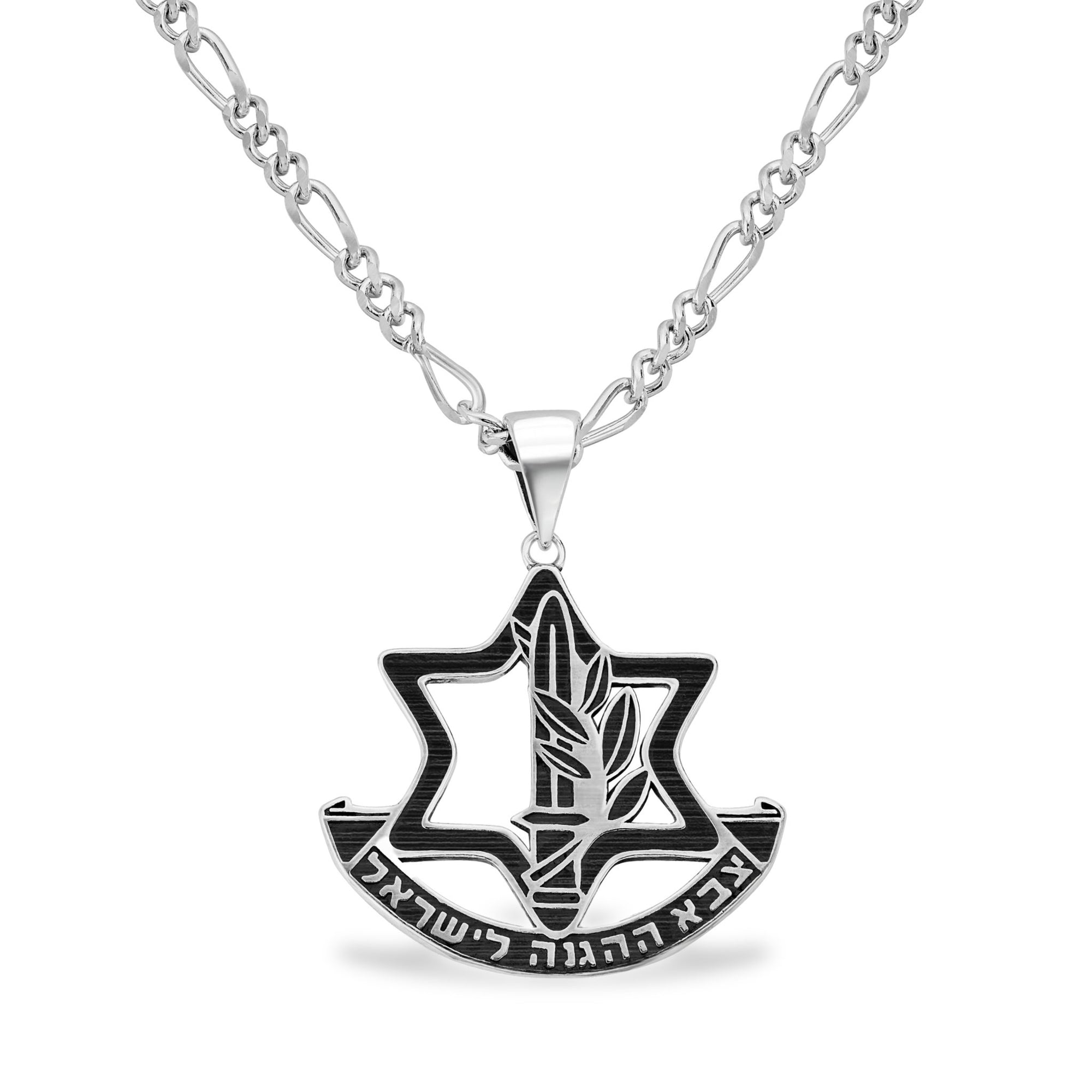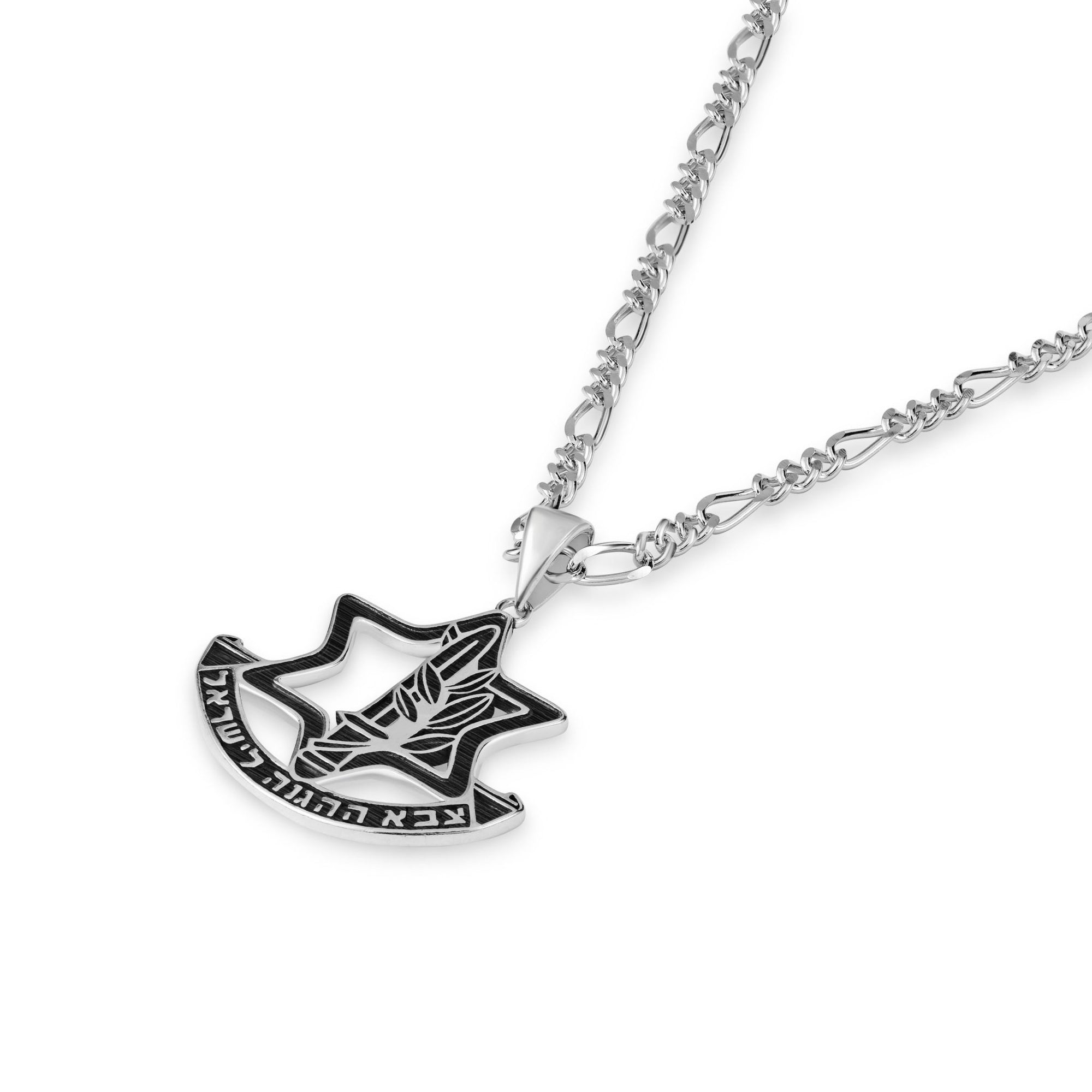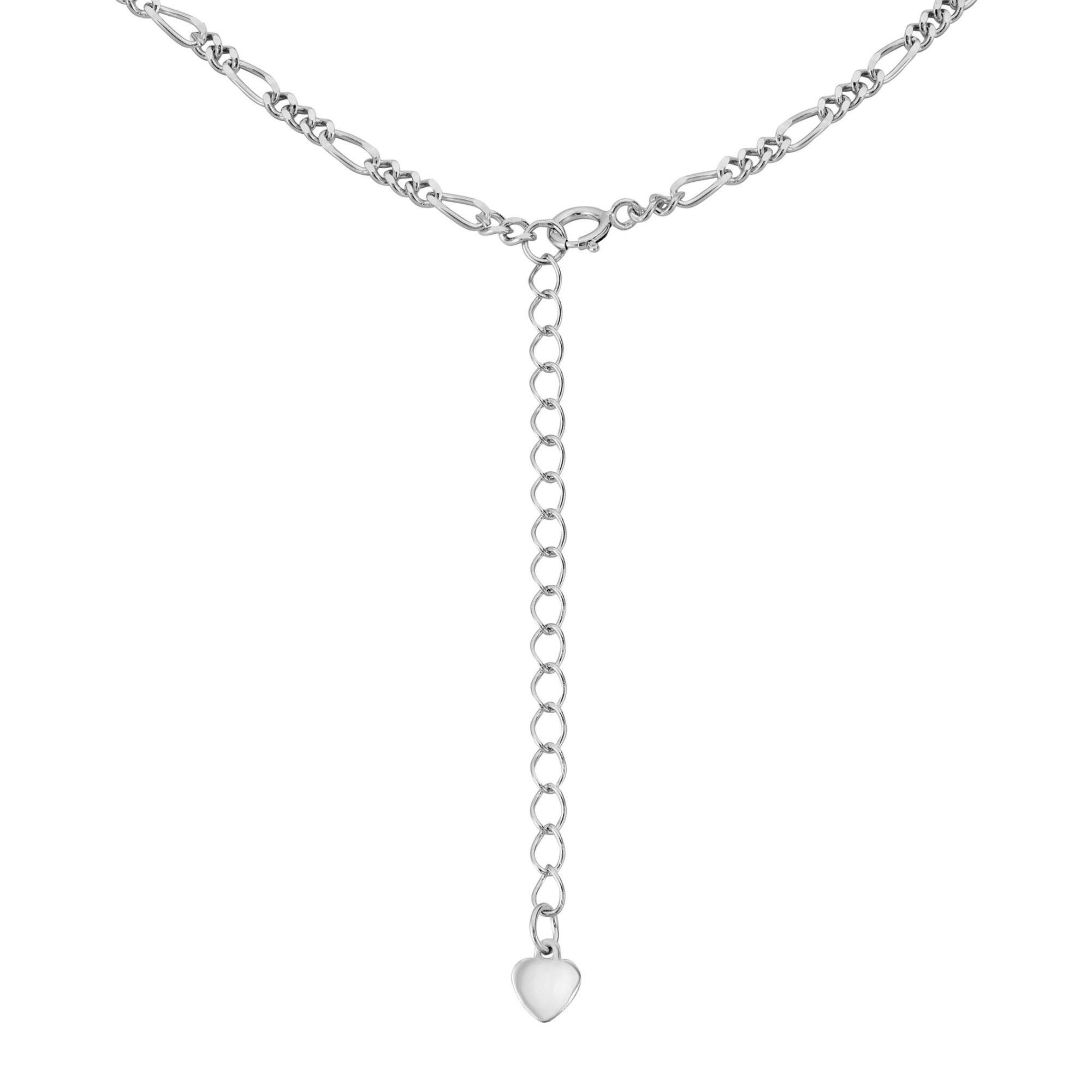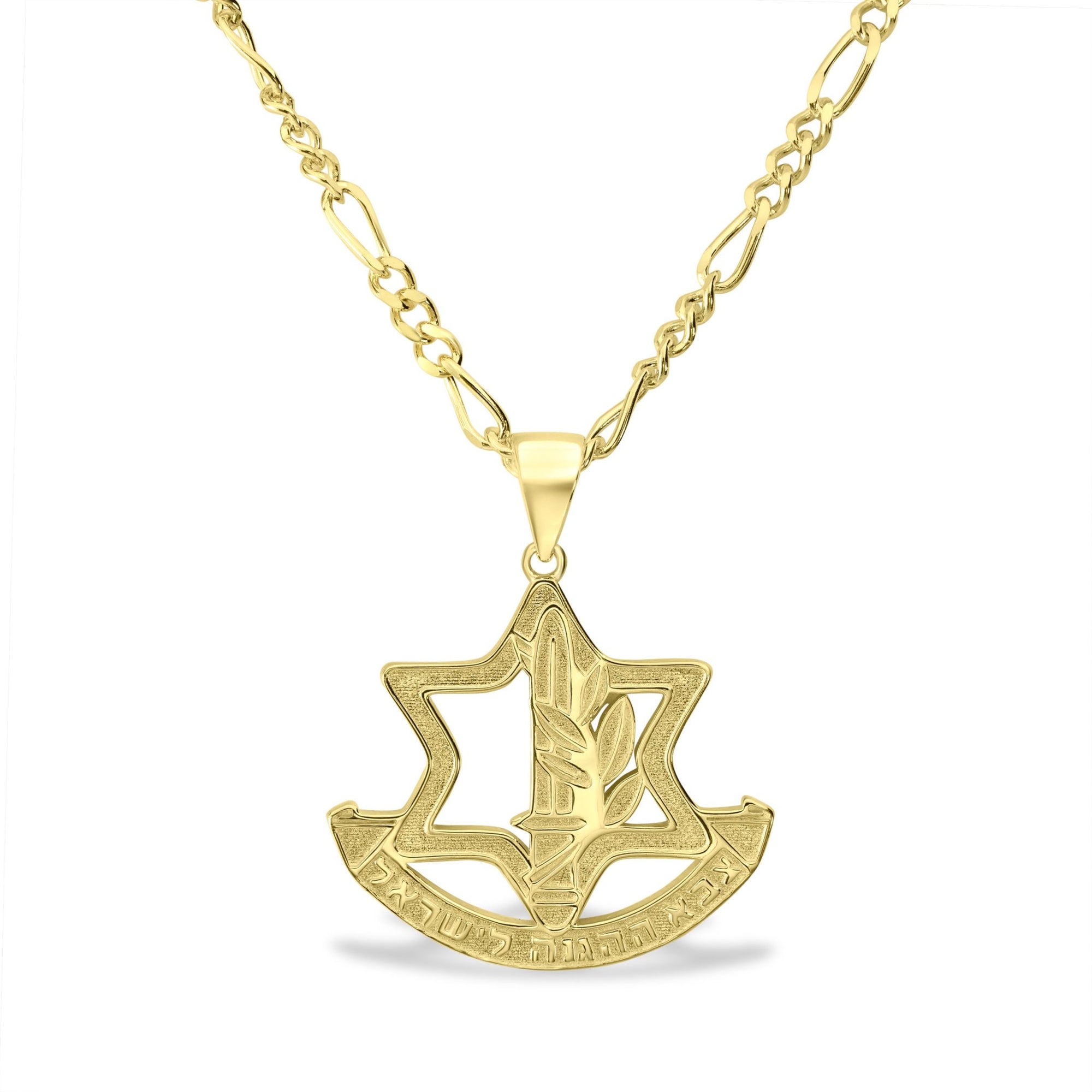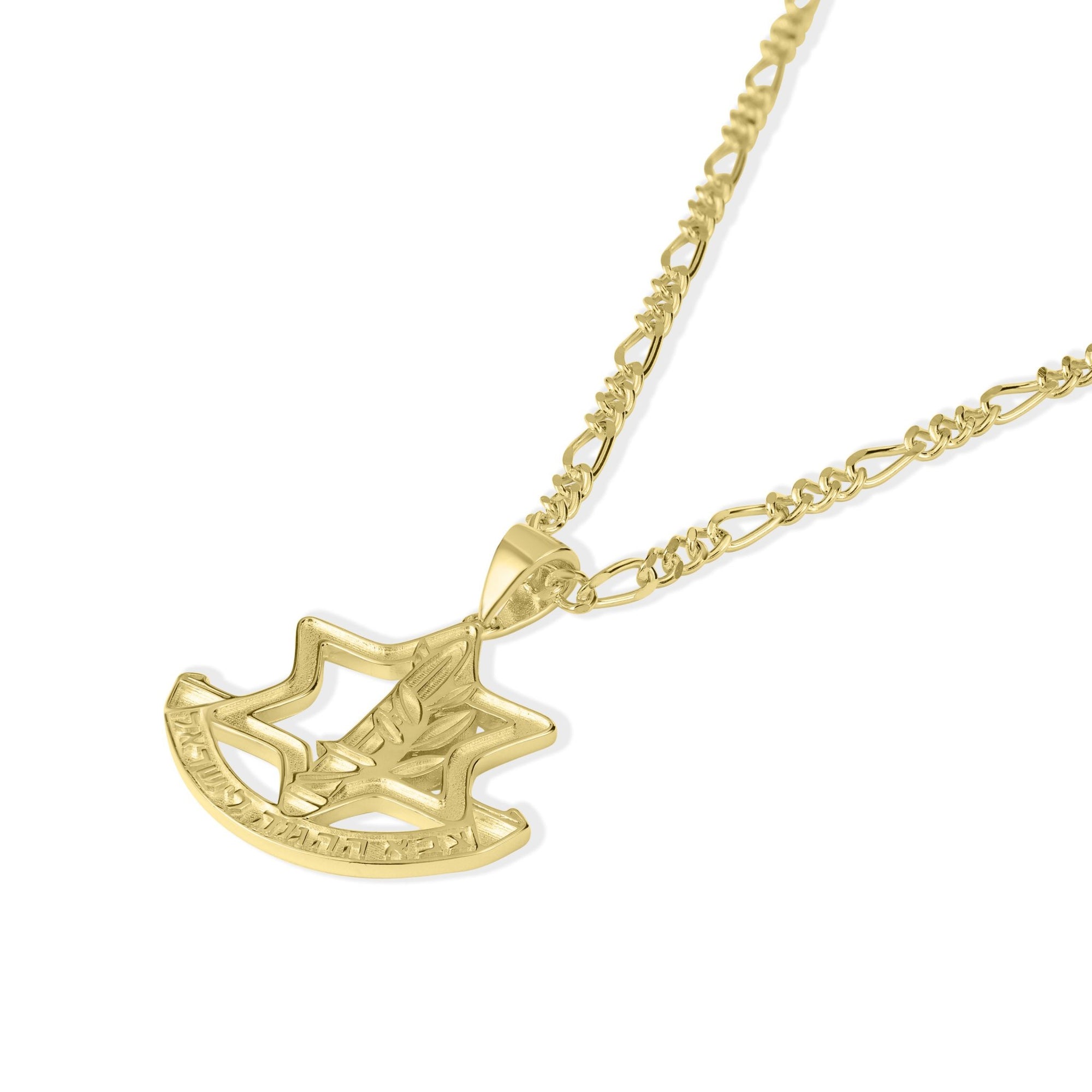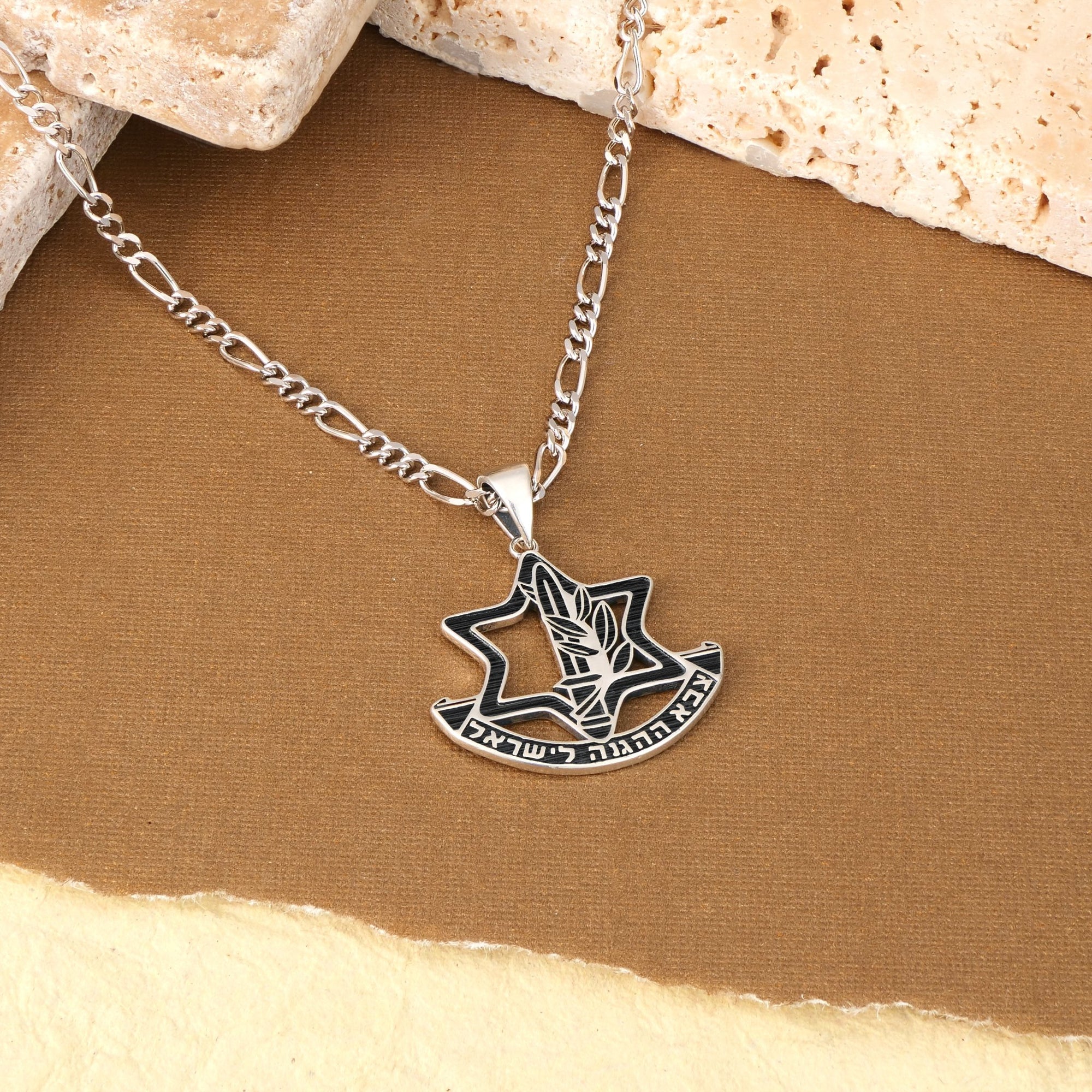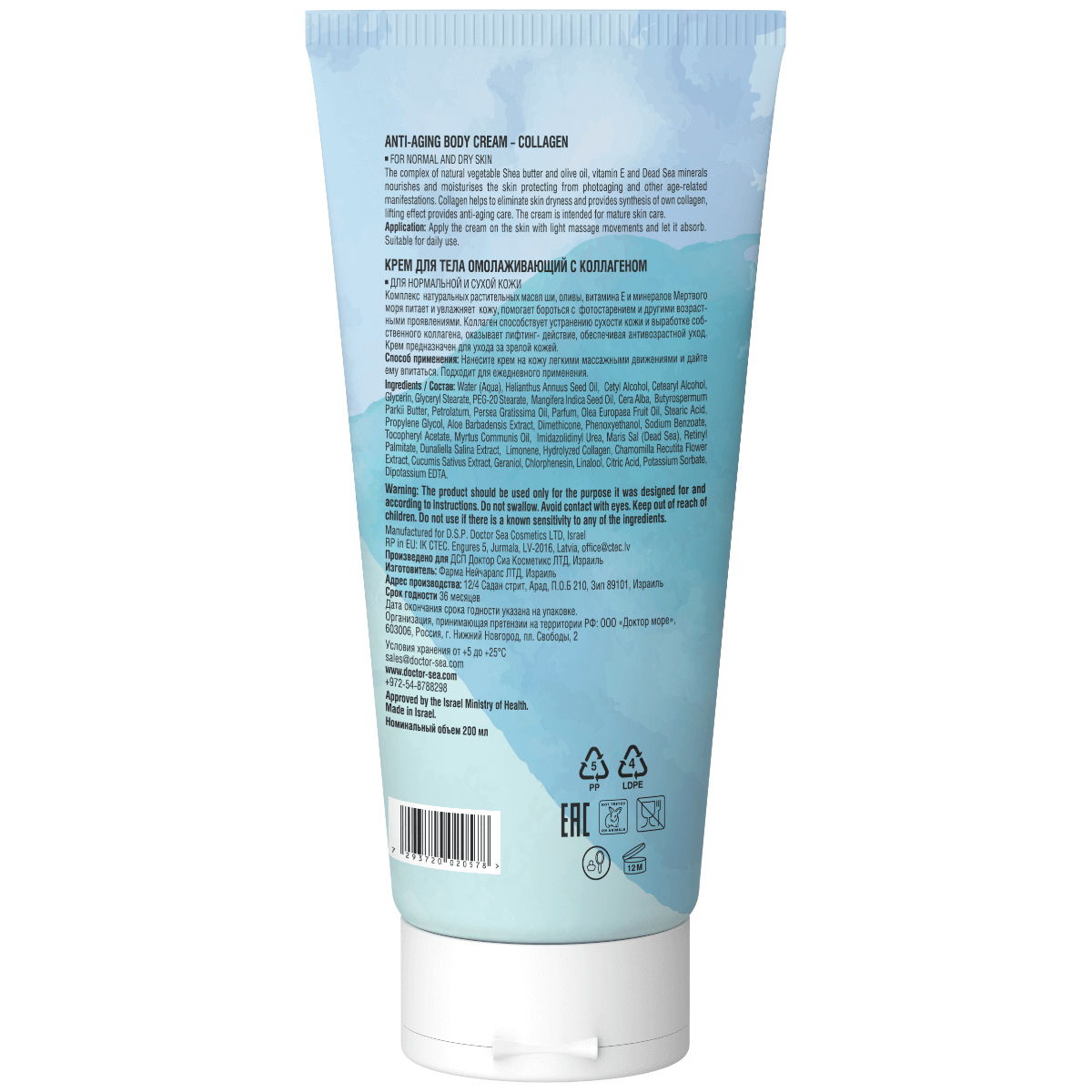Harnessing Fashion for Peace and Cultural Unity
Fashion transcends mere aesthetics, serving as a compelling language of expression that bridges cultures, communicates political identities, and promotes social cohesion. Within the context of Zionism and Israeli identity, clothing has evolved into a powerful medium, reflecting deep-rooted histories and bold political statements aimed at fostering peace, understanding, and activism. This article explores the intersection of fashion, Zionist symbolism, and peace efforts, assessing how apparel not only conveys ideology but also acts as a catalyst for cultural diplomacy and social change.
The Language of Fashion: Cultural Expression and Unity
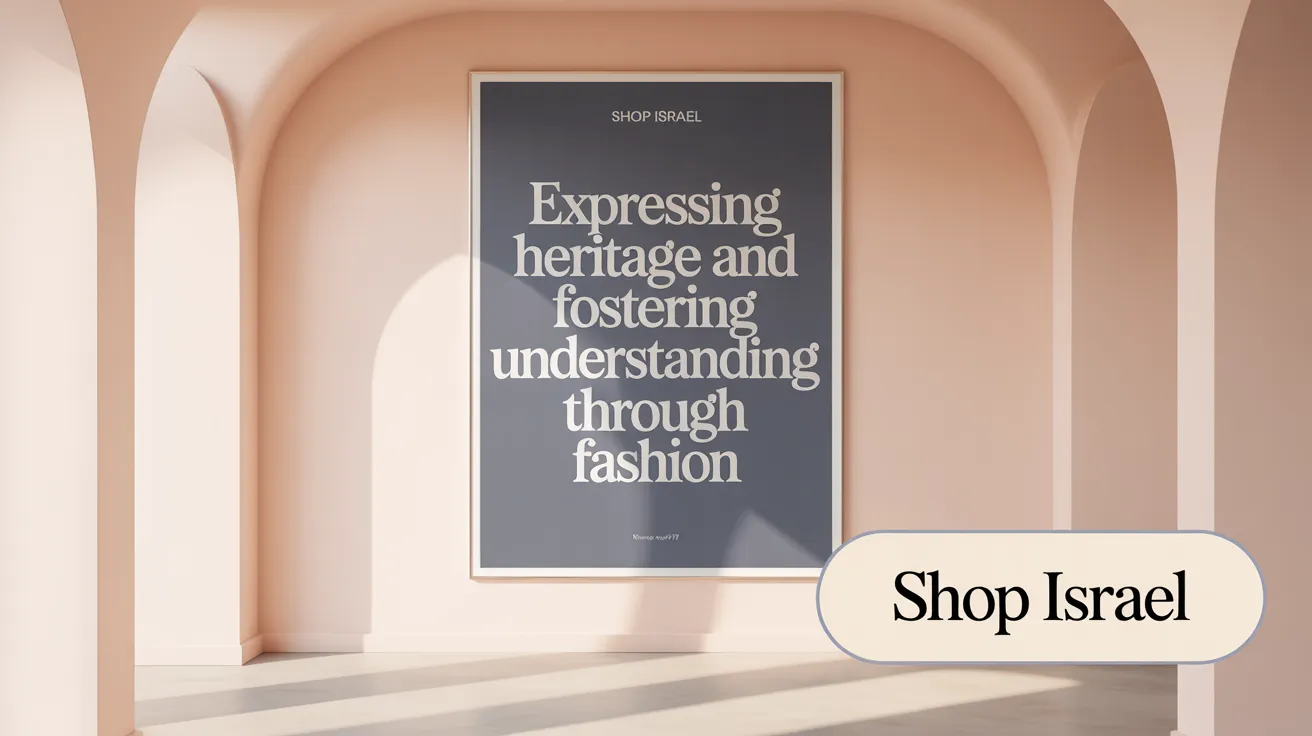
What is the significance of fashion as a language of cultural expression and its potential to advocate for understanding and unity?
Fashion functions as a potent mode of cultural communication, allowing individuals and communities to express their identities, histories, and values through clothing. Traditional attire and symbols serve as preserved links to cultural heritage, cultivating pride and a collective sense of belonging among groups (Fashion For Peace collaboration).
Beyond individual identity, fashion statements often carry social and political messages that promote understanding across different cultures. When diverse influences are incorporated into fashion designs, they foster cross-cultural dialogue, challenge stereotypes, and help bridge societal divides (How fashion reflects political times). This inclusivity in fashion can lead to increased appreciation for cultural diversity (Fashion and Social Justice).
Fashion also plays a vital role in social movements and activism. By choosing certain styles or promoting specific symbols, it can challenge societal norms, advocate for justice, and draw attention to important issues (Wear The Peace; Fashion as a Political Act).
Through its visual and symbolic language, fashion has the power to deepen mutual respect between different communities. Embracing a variety of cultural expressions in clothing not only enriches personal style but also promotes social cohesion (Sinai Perspective on Transforming War into Peace).
How does fashion promote understanding and unity?
- Incorporating traditional designs and symbols into modern fashion encourages recognition and respect for different backgrounds (Fashion For Peace collaboration).
- Fashion’s ability to adapt and blend various cultural elements helps dismantle prejudices and foster inclusiveness (How fashion reflects political times).
- Clothing that celebrates diverse heritages can act as a dialogue starter, making cultural differences a source of pride rather than division (Fashion and Social Justice).
- Fashion’s role in activism shows its capacity to serve as a catalyst for societal change, encouraging acceptance and empathy (Wear The Peace).
By viewing fashion as a universal language, communities worldwide can leverage it as a tool for promoting unity, celebrating diversity, and building a more understanding and harmonious society (UNIQLO Peace for All initiative).
Zionist Apparel: Symbols, Significance, and Political Expression
What is the symbolism and cultural significance behind Zionist-themed apparel?
Zionist-themed apparel serves as a powerful visual marker of Jewish pride and support for the Zionist movement. These clothing items often feature symbols such as the Star of David, the Israeli flag, and images of the Western Wall, which carry deep cultural and religious meanings. Wearing such apparel is not just about fashion; it is a declaration of identity, history, and belonging.
These symbols reinforce a collective memory of resilience, emphasizing the historical struggle and survival of the Jewish people. They also highlight a shared connection to the Land of Israel, anchoring cultural and religious ties that date back centuries. For more detailed insights into the Zionist origins and vision for Palestine.
Moreover, Zionist apparel functions as a political statement, advocating for Recognizing the legitimacy of Israel and supporting its sovereignty. It fosters a sense of community among supporters, enabling individuals to express their ideological commitments openly. The political aspects of Zionism, including Zionism as a peaceful ideology and foundation for peace, underline these meanings.
Culturally, this apparel plays a role in shaping collective narratives around Jewish nationhood, underpinning a sense of unity and shared purpose. It often accompanies national celebrations, protests, and solidarity events, amplifying the message of support and identity. For a better understanding of Zionist theories of peace and the historical context, see this resource.
Overall, Zionist clothing symbolizes more than just support; it embodies a cultural and political assertion of the Jewish people's right to self-determination and their historical connection to the Land of Israel. More context about what Zionism is and its commitment to Israel's safety and democracy is available.
Visual declaration of Zionist ideology and identity
Wearing Zionist-themed apparel acts as a visible declaration of ideological stance and cultural allegiance. It transforms personal style into a statement of political and cultural solidarity, reinforcing collective identity in both Jewish and pro-Israel communities. Such clothing not only communicates individual support but also signifies active participation in the ongoing narrative of Jewish resilience and nation-building. For insight into Zionist ideas of security and their impact on peace negotiations and the ideological foundations, consult this source.
Historical Development and Ideological Debates Around Zionist Fashion Statements
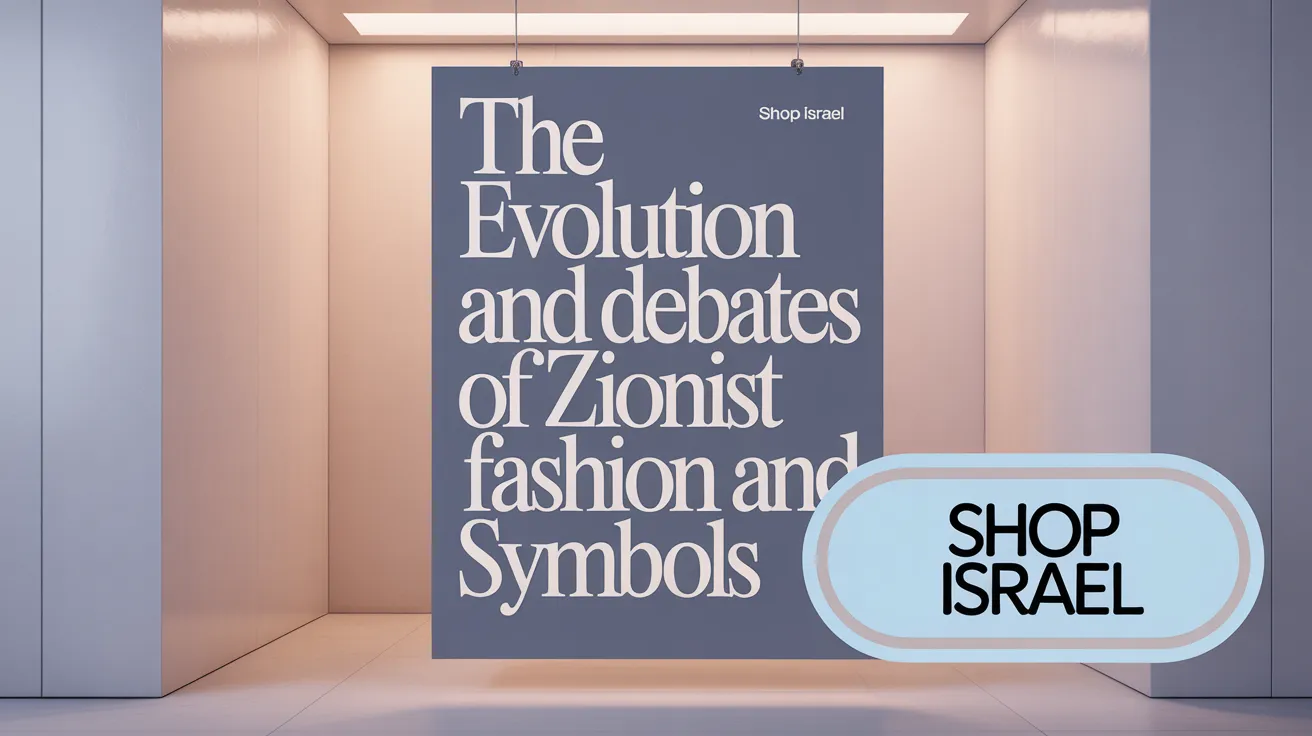
How has the historical development of Zionist clothing statements contributed to ideological debates within and beyond the movement?
The evolution of Zionist clothing and symbols has played a significant role in shaping ideological debates both within the Zionist movement and in wider society. Early Zionist apparel, such as symbols like the tallit or labor badges, served to express a collective aspiration for Jewish self-determination and cultural revival. These garments helped unify Jews around a shared identity rooted in tradition and homeland aspirations (Zionism origins, What is Zionism).
However, as the movement progressed into the 20th century, clothing and symbols also became tools to project power and territorial claims. Militant symbols like the brown shirts of the revisionist Zionists, or even military-style attire adopted by some factions, fueled debates about the ethics of resistance and the role of militarism in national identity. These fashion statements often reflected a shift from peaceful coexistence ideals to assertive dominance, fueling criticism over exclusivity and racial privilege (Zionist propaganda origins, Zionist idea of security).
Within and beyond the movement, critics argue that such apparel and symbols reinforce narratives of racial superiority, settler-colonialism, and violence against Palestinians. They spotlight how material culture can serve as a symbol for both pride and oppression. Supporters, however, contend that these symbols foster unity, resilience, and pride among Jews, especially in diasporic communities facing anti-Semitism (Zionism and Palestinians conflict resolution, Zionism as a peaceful ideology).
Over time, debates have intensified about the ethics of Zionist material culture—whether it promotes inclusive nationalism or fosters exclusion and racial privilege. Some argue that certain apparel and symbols perpetuate racist or colonial frameworks, narrowing the scope for peace and reconciliation, while others see them as vital expressions of identity and defiance (Zionist theories of peace, Israel's historical peace claims).
Overall, the development of Zionist clothing statements has not only shaped internal ideological debates but has also influenced global perceptions about Zionism, nationalism, and race relations. Their history exemplifies how material culture can be both a reflection of and a catalyst for complex social and political debates, impacting the morality and legitimacy of Zionist practices and narratives (Zionism and Palestinians conflict resolution, Zionist propaganda origins).
Fashion as a Medium for Political Messages and Activism
Fashion and clothing have long served as powerful platforms for expressing political messages, activism, and social advocacy. They transcend mere aesthetics, becoming visual languages that communicate beliefs, resist oppression, and symbols of solidarity.
Historically, clothing has been used to symbolize resistance and cultural identity. For example, during the struggle for independence in Algeria, women wore the hijab as a sign of defiance and cultural pride. Similarly, Mahatma Gandhi promoted the use of khadi fabric—hand-spun, homespun cloth—as a symbol of economic independence and resistance against British colonialism.
In modern times, activists incorporate slogans, symbols, and specific styles into their attire to raise awareness and challenge societal norms. Protest T-shirts bearing political messages or logos, the black Panther uniform representing Black Power, or garments bearing slogans supporting gender equality serve as visible statements of activism.
Fashion also influences political discourse through celebrity endorsements and runway collections. Designers like Vivienne Westwood have used fashion to speak out against environmental issues, social injustice, and war. Similarly, brands today often embed political stances in their marketing, whether supporting LGBTQ rights or climate change awareness.
This integration of fashion and activism demonstrates how clothing can be more than personal style—it becomes a tool for social change. Its visibility and adaptability make it effective for rallying support, fostering identity, and advocating for justice. As society evolves, fashion's role as a conduit for political expression continues to expand, empowering individuals and groups to make their voices heard beyond words. For more insights on this intersection, see Fashion as a Political Act, Charting the Influence of Politics on Fashion, and How Fashion and Politics Are Interlinked.
Fashion Industry Initiatives Driving Peace and Social Change
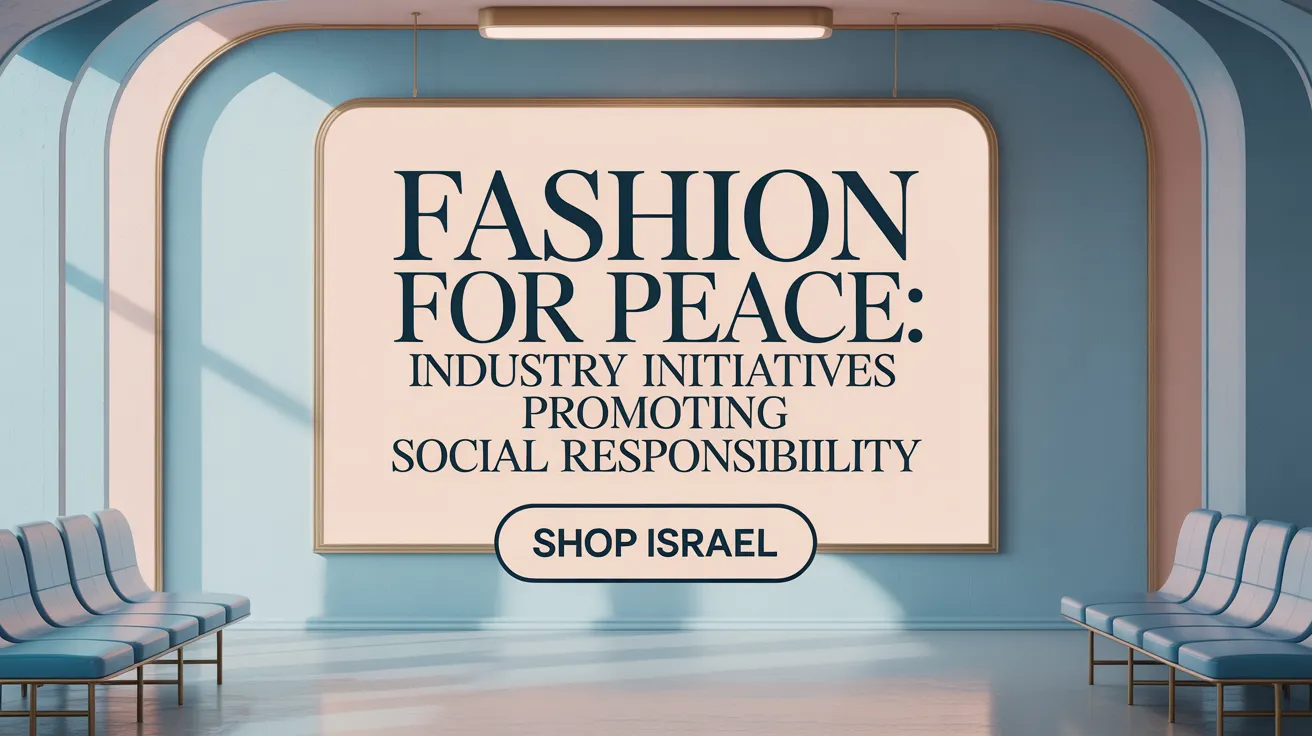
The fashion industry has increasingly become a platform for promoting peace and social responsibility through various initiatives, brands, and movements. These efforts aim to create a more ethical and sustainable industry while fostering a culture of social activism.
One prominent example is the United Nations' 'SDGs for Better Fashion' campaign, which encourages brands to align their practices with the Sustainable Development Goals. This initiative promotes transparency, fair wages, ethical manufacturing, and environmental stewardship. By integrating these principles, fashion companies contribute to broader social stability and peace.
Various brands have adopted responsible production standards, such as using natural textiles, supporting fair labor practices, and reducing environmental impact. Campaigns like Greenpeace’s 'Fashion Revolution' emerged after tragic events like the Rana Plaza collapse, raising awareness about worker safety and demanding accountability from clothing brands. These efforts push the industry toward safer working conditions and fair compensation.
Environmental responsibility campaigns, including detoxification initiatives, advocate for responsible chemical use, waste reduction, and recycling in textile production. Fashion brands now aim to minimize pollution and microplastic shedding from clothes, setting standards that promote ecological health.
Consumer activism also plays a vital role. Clothing swaps, social media campaigns, and ethical shopping choices empower individuals to influence industry practices. Supporting brands committed to sustainability and social justice reinforces the movement toward a more peaceful and equitable fashion industry.
In summary, initiatives led by brands, global campaigns, and activist movements have significantly impacted efforts toward fostering peace and social change within the fashion industry. By promoting transparency, accountability, and sustainability, these efforts help build a fashion landscape that supports not only beauty and style but also human rights and environmental health. For further insights on the relationship between fashion and social justice, the role of fashion in peace campaigns, and conscious sustainable fashion, explore these featured articles.
Bold Zionist Clothing as Expressions of Peace and Resistance
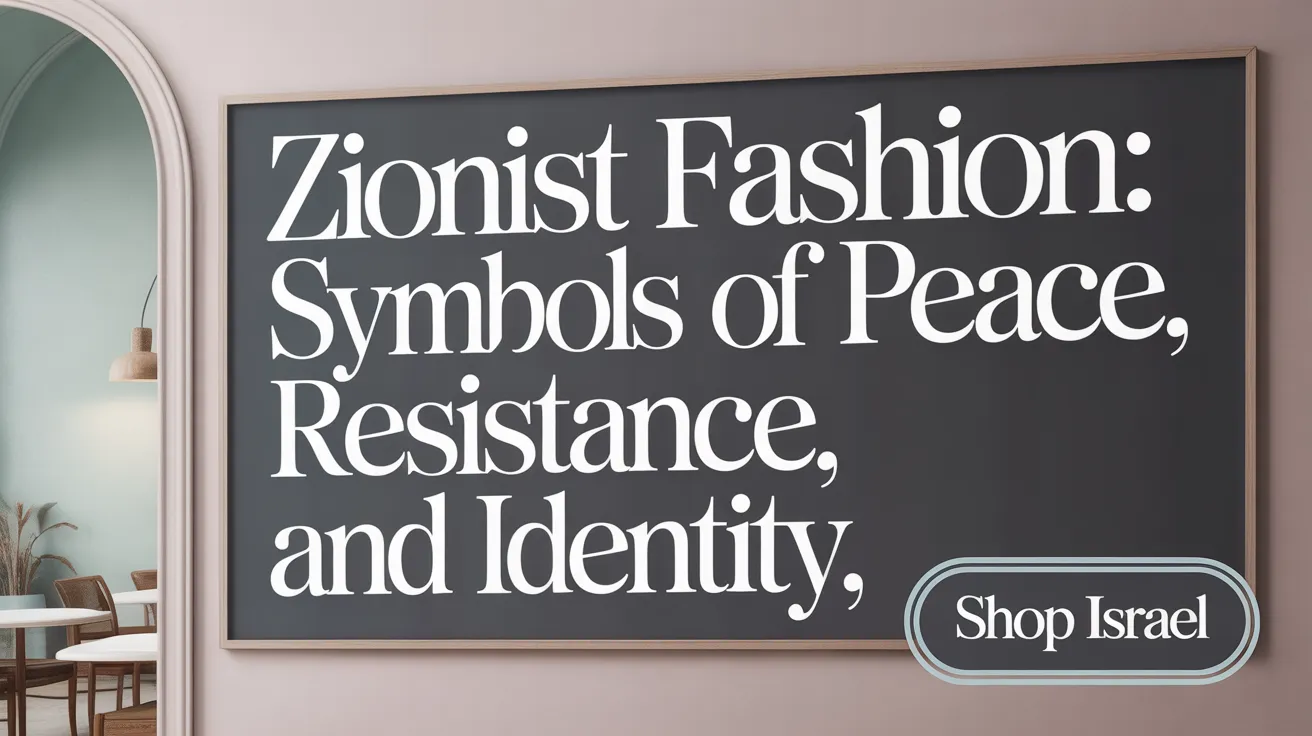
What role do clothing and fashion statements play in promoting peace, social cohesion, and cultural understanding?
Clothing and fashion are powerful tools for expressing cultural identities, social values, and political beliefs. They help bridge gaps between different communities by serving as visual symbols of unity and resistance. Historically, fashion has been used by marginalized groups to challenge social hierarchies, reclaim pride, and advocate for social change (Fashion as a Political Act, How fashion reflects political times).
In the context of Zionism, clothing has played an important role in both asserting Jewish identity and resisting oppression. Bold Zionist fashion choices often combine traditional symbols with modern styles to communicate a message of cultural pride and resilience (Zionism origins). For instance, military-inspired attire or distinctive symbols have signified strength and unity among Zionist communities.
Promoting peace messages through apparel is also evident in Zionist fashion, which, at times, emphasizes coexistence and dialogue. Clothing items featuring symbols of peace, mutual understanding, and shared heritage have been used in campaigns and protests advocating for harmony between different groups (Fashion For Peace collaboration, Wear The Peace).
Fashion statements can act as non-verbal communication, overcoming language barriers and fostering a sense of solidarity among diverse populations. They challenge traditional norms surrounding dress and identity, encouraging inclusivity and acceptance (Power Dressing and Politics).
Overall, fashion influences both perceptions and attitudes toward cultural understanding and social cohesion. By choosing garments that symbolize peace and resistance, communities can promote dialogue and mutual respect, essential components in building lasting peace and social harmony (UNIQLO Peace for All initiative).
Fashion, Geopolitics, and Cultural Diplomacy: Tools for Advancing Peace Initiatives
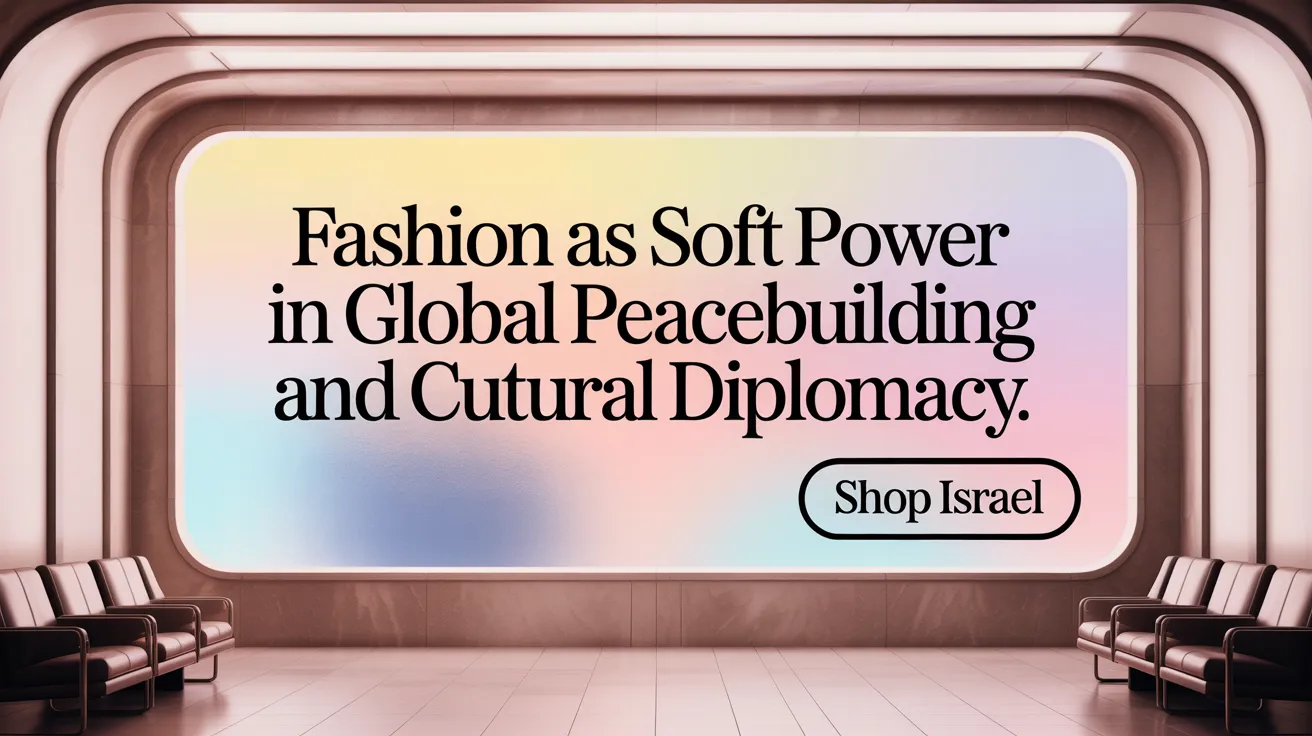
How is fashion connected to geopolitics and cultural diplomacy in advancing peace initiatives?
Fashion plays a significant role in the realm of geopolitics and cultural diplomacy by serving as a visual extension of national identities and values. It provides a unique platform for countries to showcase their cultural heritage and express their political messages through clothing, textiles, and design. For insights on how fashion reflects political times and serves as political expression, see How Fashion and Politics Are Interlinked.
Collaborative fashion events and cultural exchanges can foster dialogue among nations, helping to bridge political divides and promote mutual understanding. For example, traditional garments and eco-friendly textiles sourced from diverse regions serve not only as expressions of cultural pride but also as symbols of sustainability and shared heritage. The Fashion For Peace collaboration with Isha Foundation highlights conscious and sustainable fashion emphasizing traditional crafts and environmental responsibility.
Fashion also functions as a form of soft power, where nations leverage cultural symbols and fashion statements to cultivate positive perceptions abroad. International fashion collaborations and exhibitions can challenge stereotypes and encourage dialogue. For example, the UNIQLO Peace for All initiative raises funds for humanitarian aid by promoting peace through clothing.
Using clothing as a diplomatic tool, countries have organized fashion shows and cultural festivals that celebrate diversity and promote peace. These efforts often highlight traditional crafts and sustainable practices, emphasizing common values and the importance of cooperation. The Wear The Peace movement uses streetwear with messages of justice and peace to raise awareness and support humanitarian causes.
In conclusion, fashion’s role in geopolitics extends beyond aesthetics. It acts as a bridge for cross-cultural understanding, fostering respect, and supporting diplomatic efforts to promote peace. For a deeper discussion about the symbolism of peace in fashion and cultural heritage promotion, see Sinai Perspective on Transforming War into Peace.
| Aspect | Example | Impact |
|---|---|---|
| Cultural Identity | Traditional dresses in international exhibitions | Enhances mutual respect |
| Sustainable Fashion | Eco-textiles and local crafts | Promotes shared environmental values |
| Cultural Exchange | International fashion collaborations | Fosters dialogue and cooperation |
Ultimately, fashion’s ability to convey messages visually and culturally makes it a powerful tool for peacebuilding and cultural diplomacy on the global stage. For broader perspectives on the intersection of fashion, politics, and activism, refer to Can Fashion Be a Political Act?.
The Power of Zionist Fashion Statements in Peacebuilding
Bold Zionist clothing statements occupy a unique space at the crossroads of culture, politics, and peace advocacy. Through their symbolic imagery and passionate narratives, these fashion choices articulate pride, resistance, and hope for peaceful coexistence, bridging complex historical and ideological divides. Paired with the ethical and socially responsible trends sweeping the fashion industry, Zionist apparel plays a role not only in identity assertion but also in fostering dialogue and unity. As fashion continues to evolve as a potent medium of cultural diplomacy and political expression, the potential of Zionist clothing statements to promote peace and understanding shines ever brighter, underscoring the enduring interplay between what we wear and the world we aspire to create.



